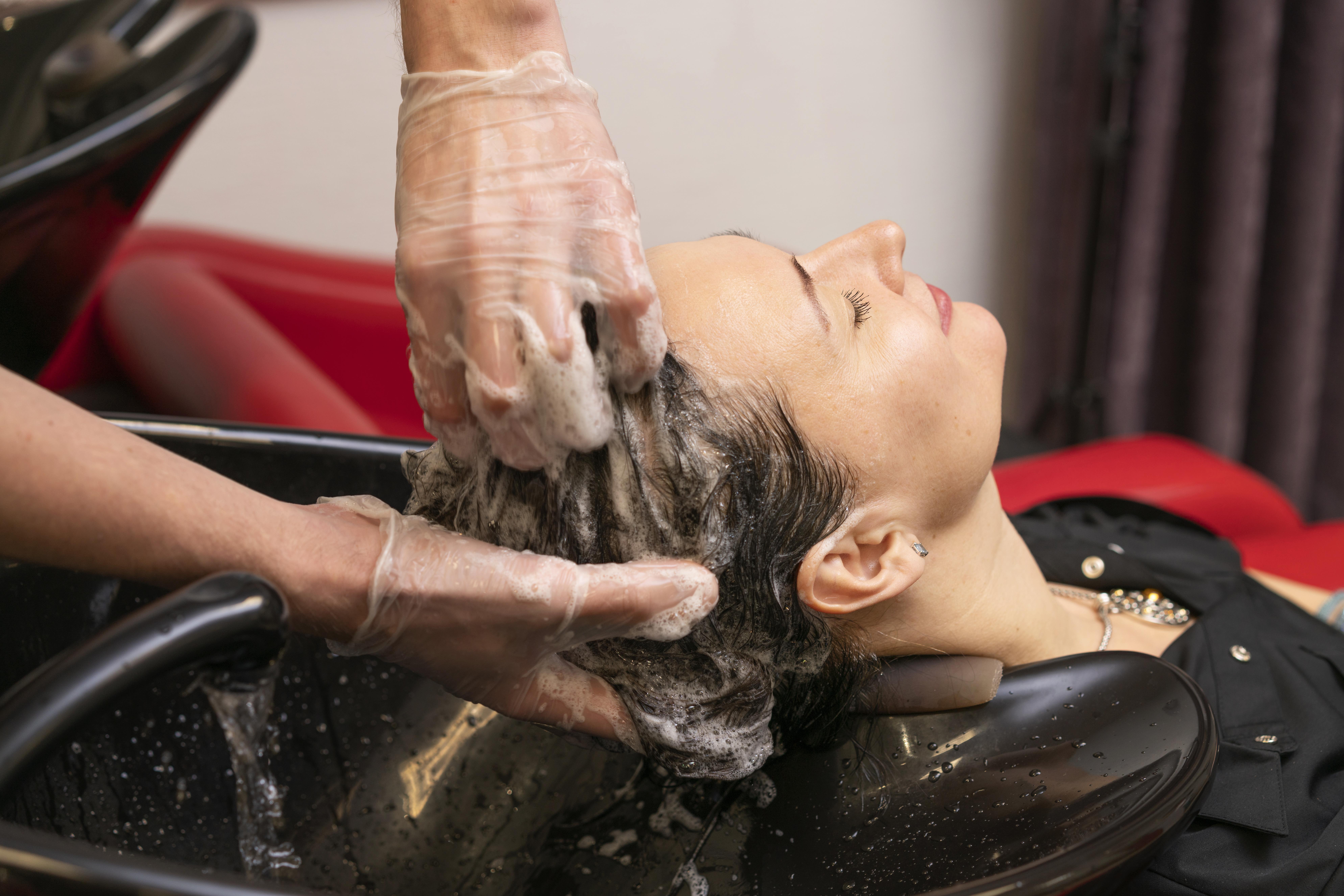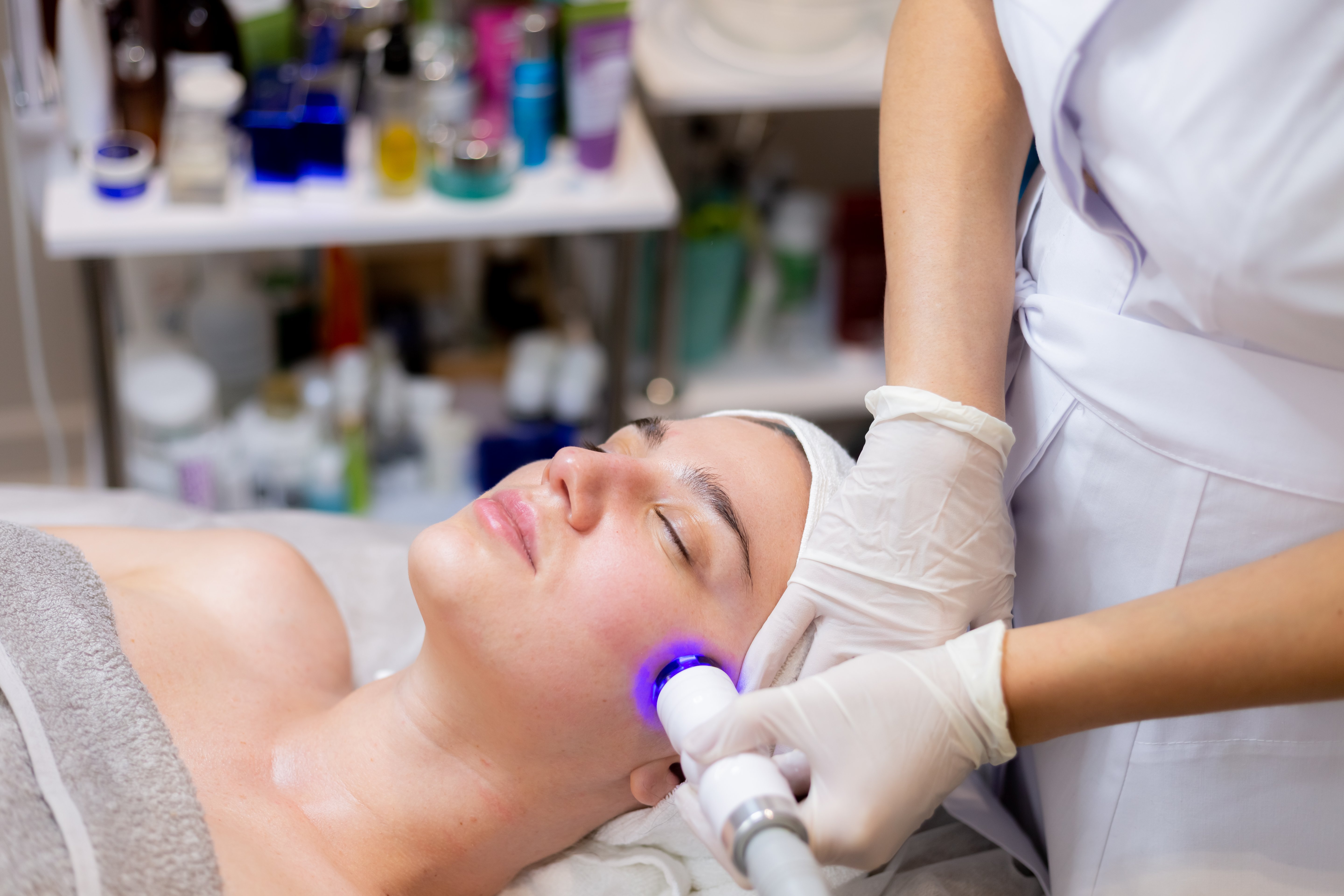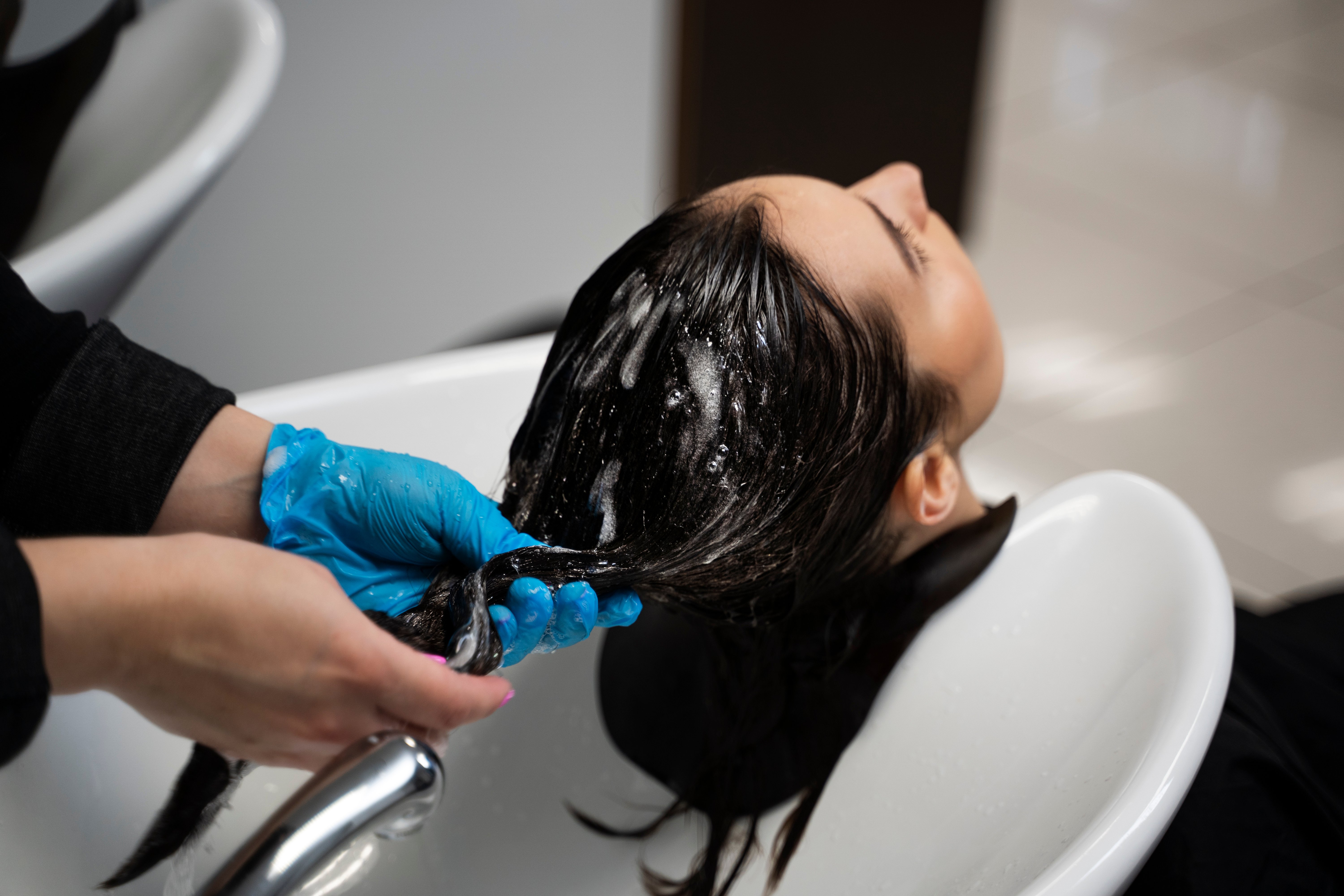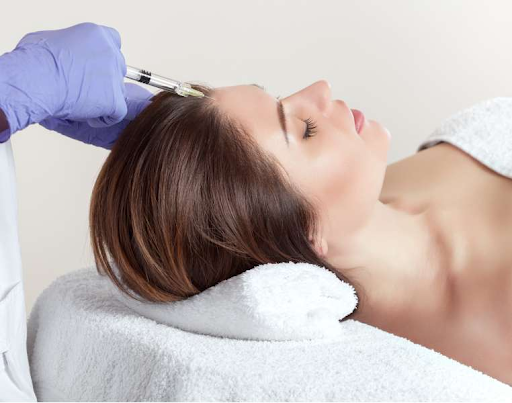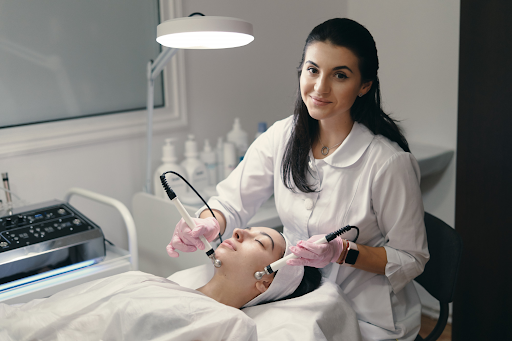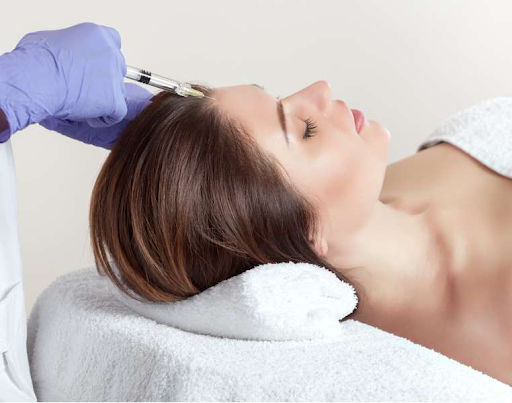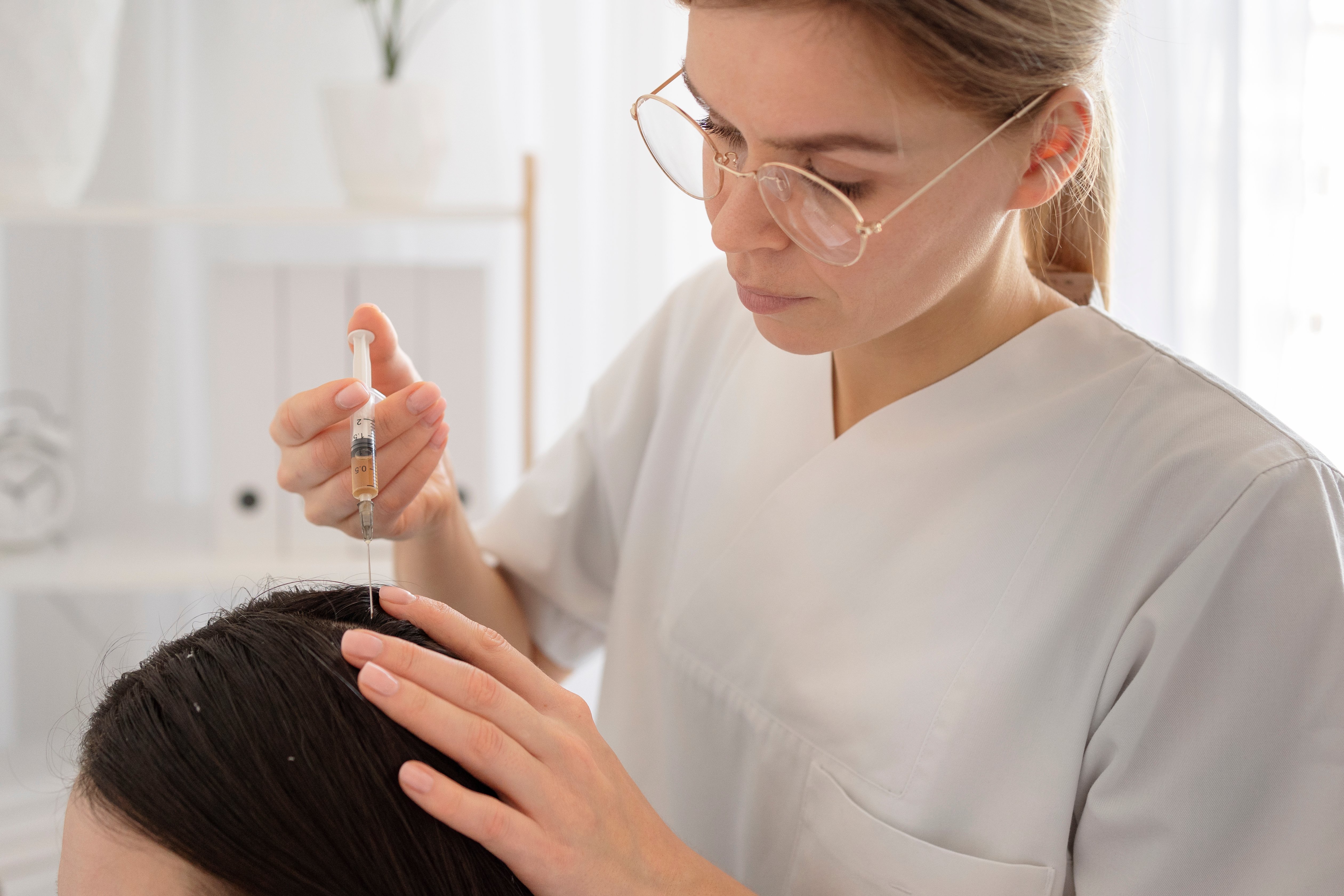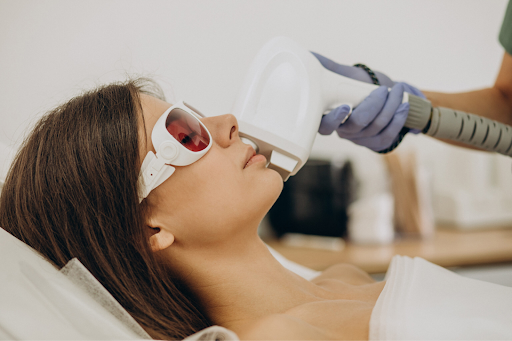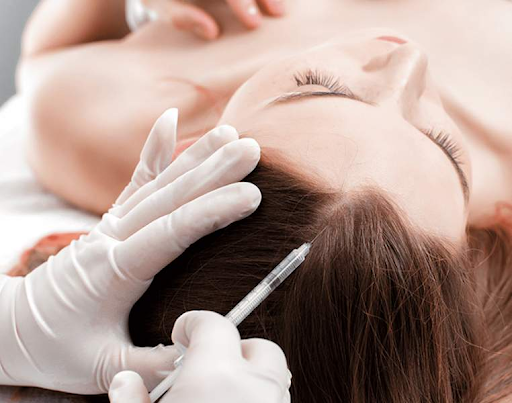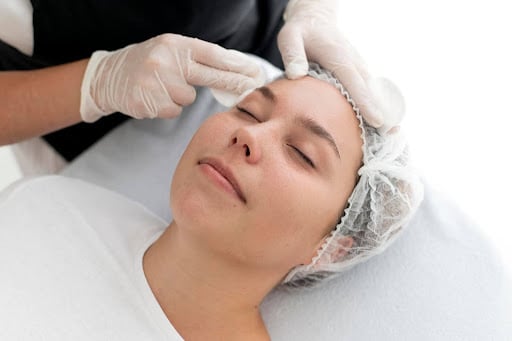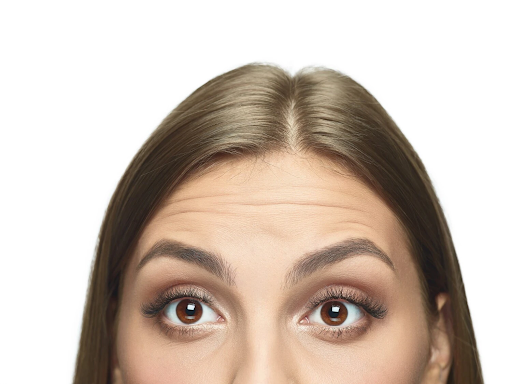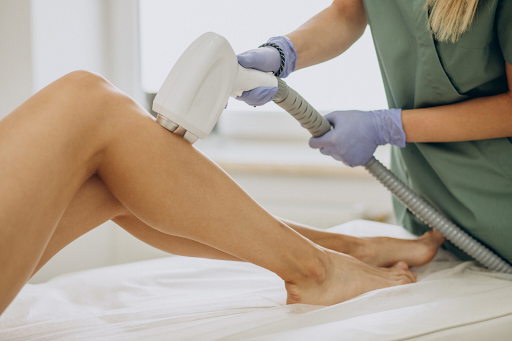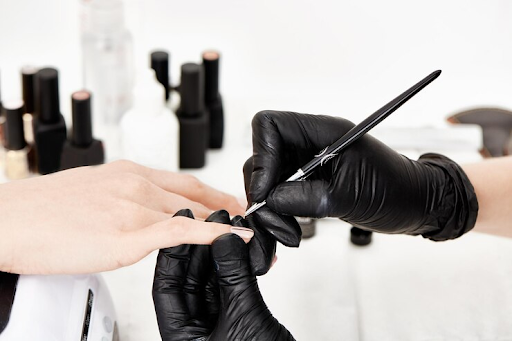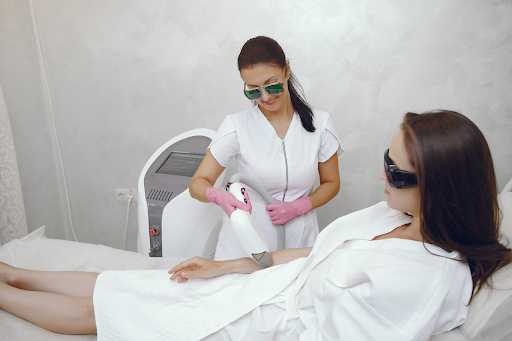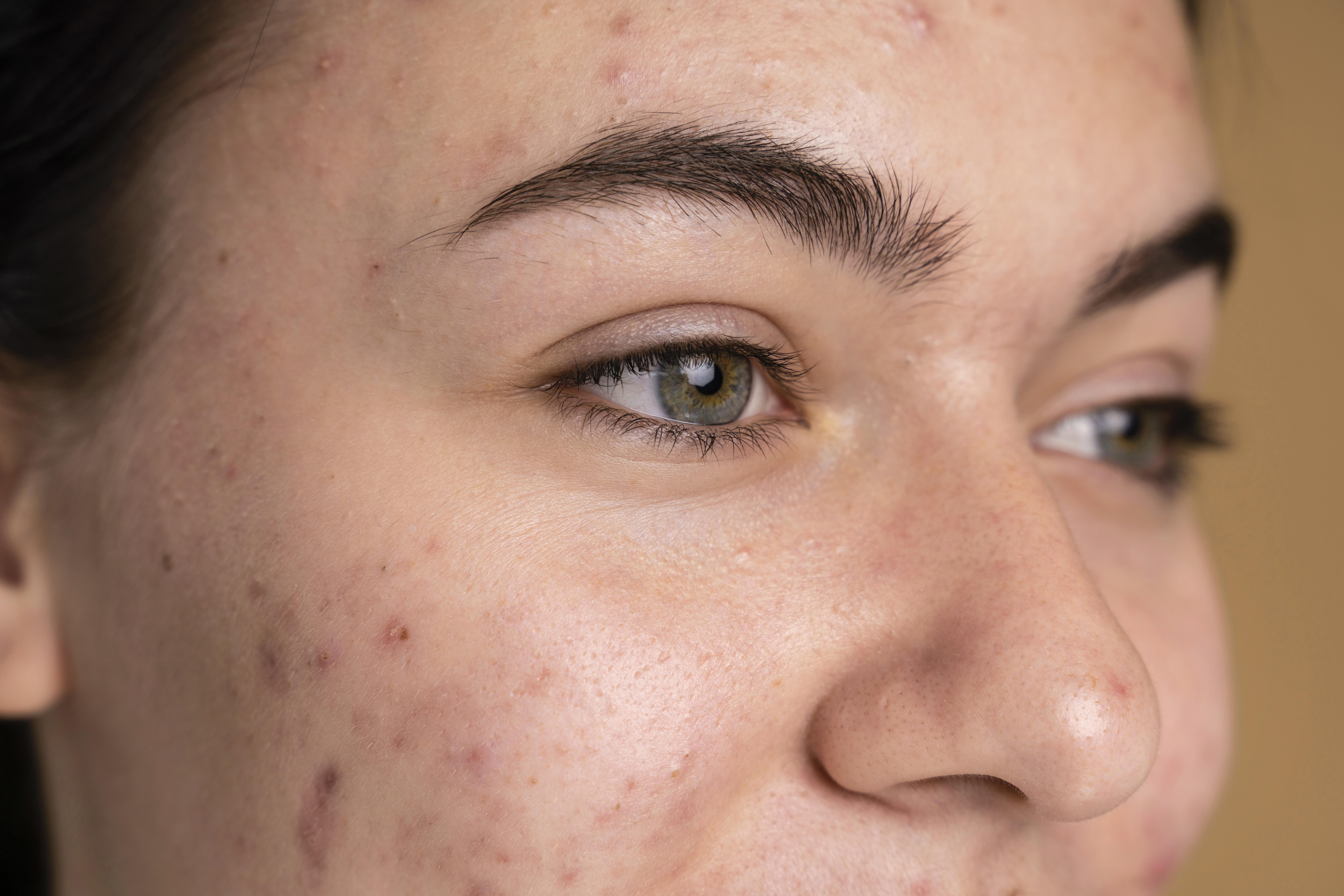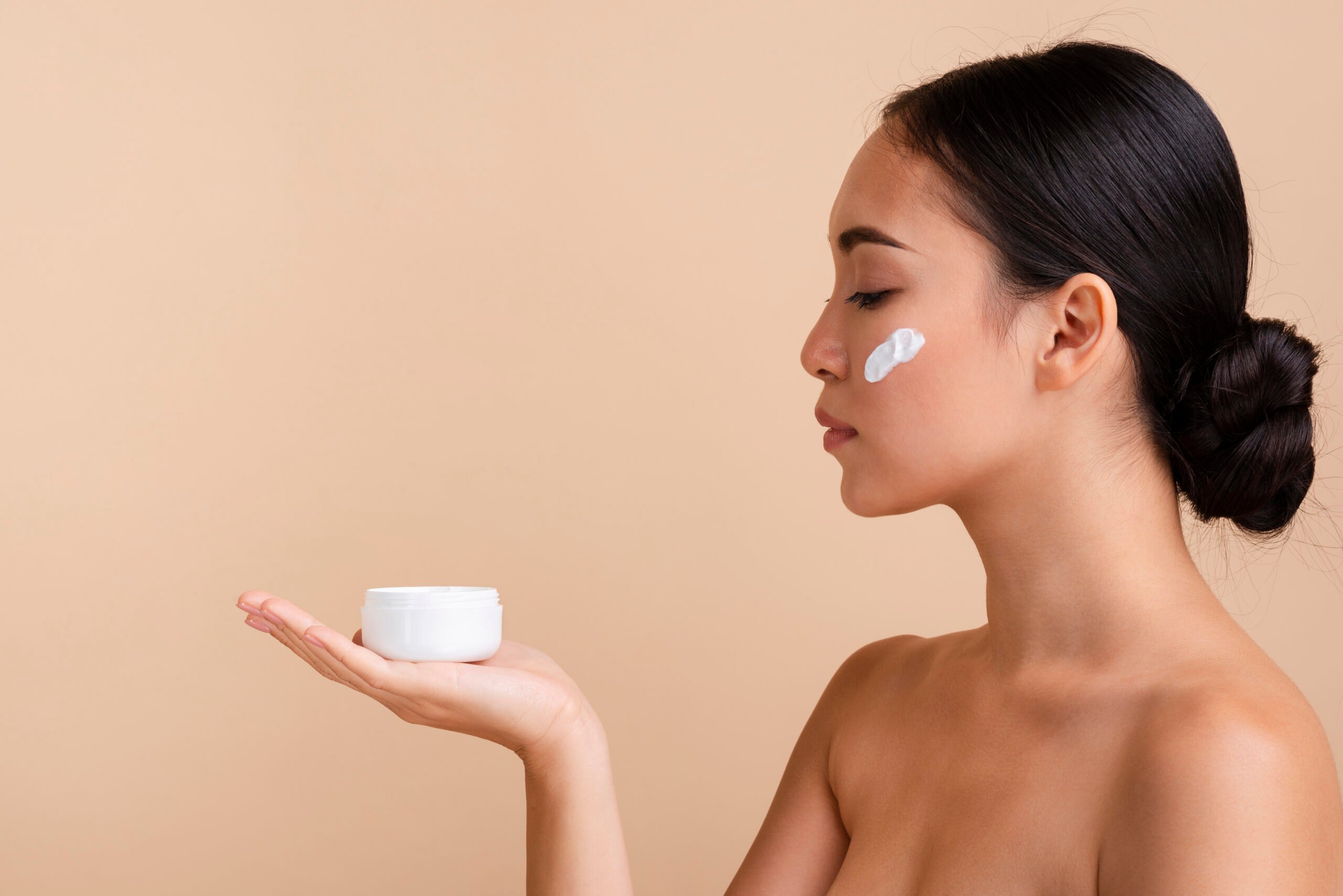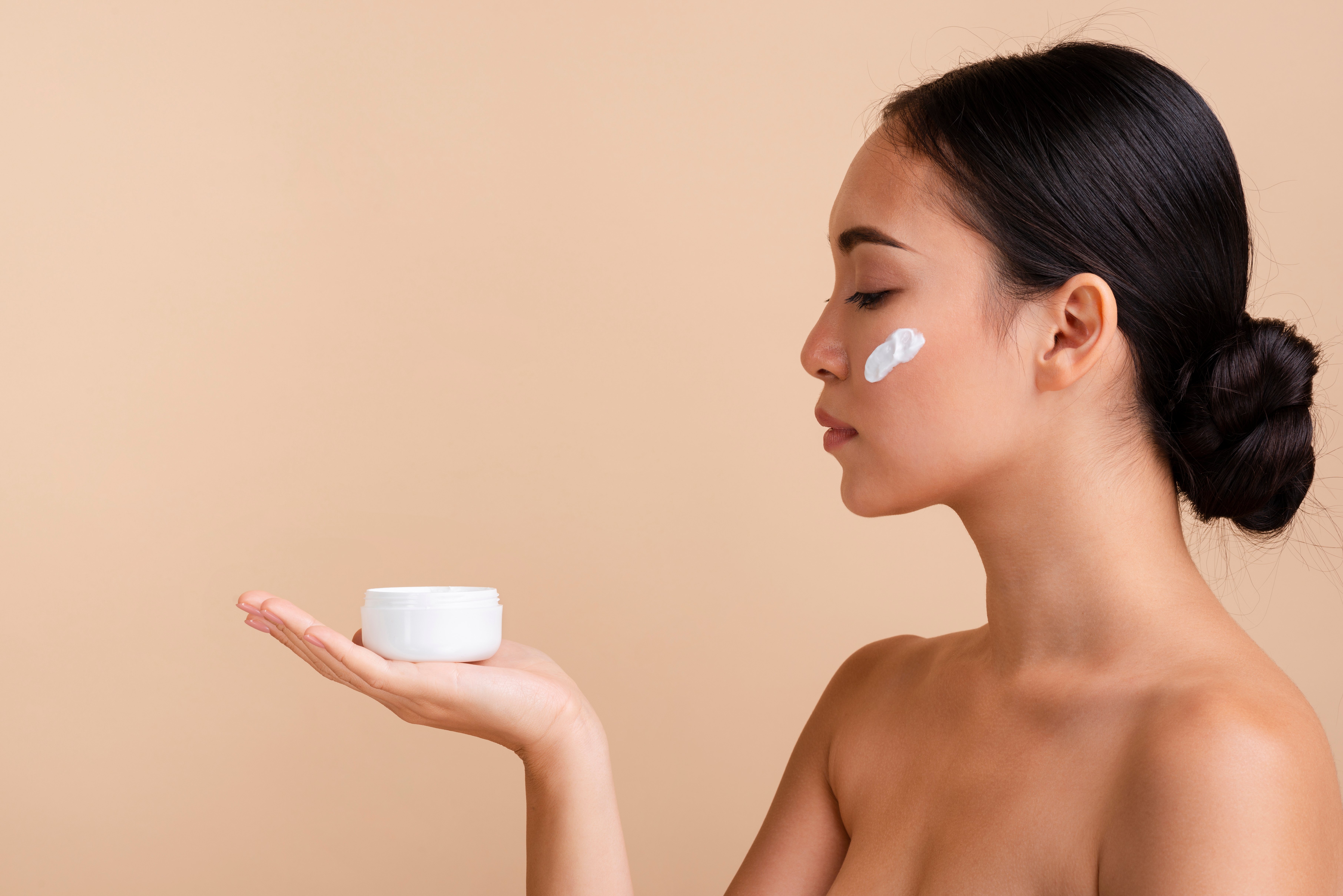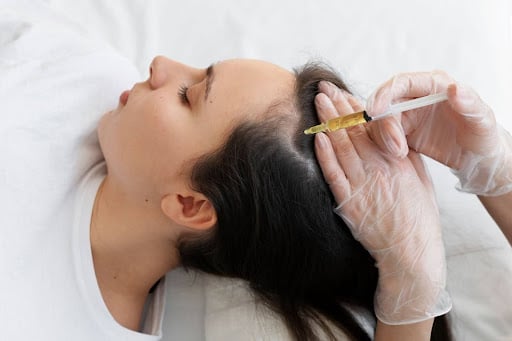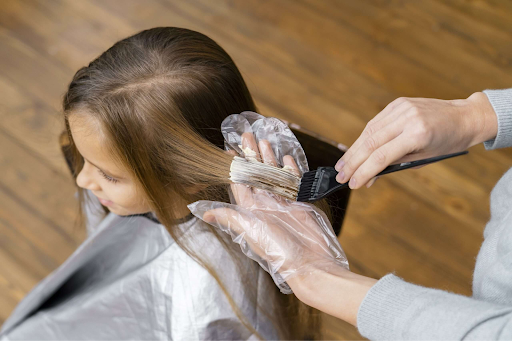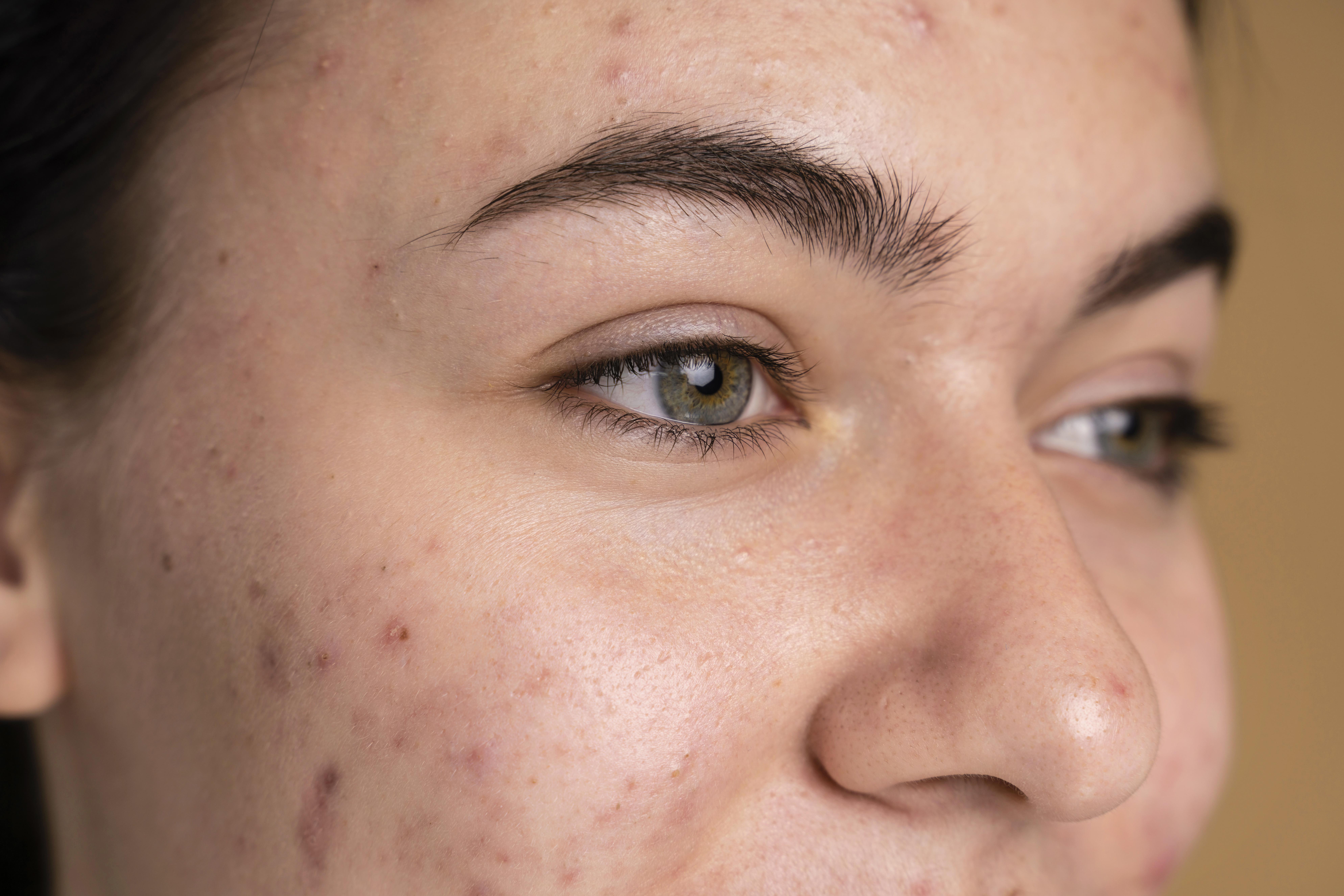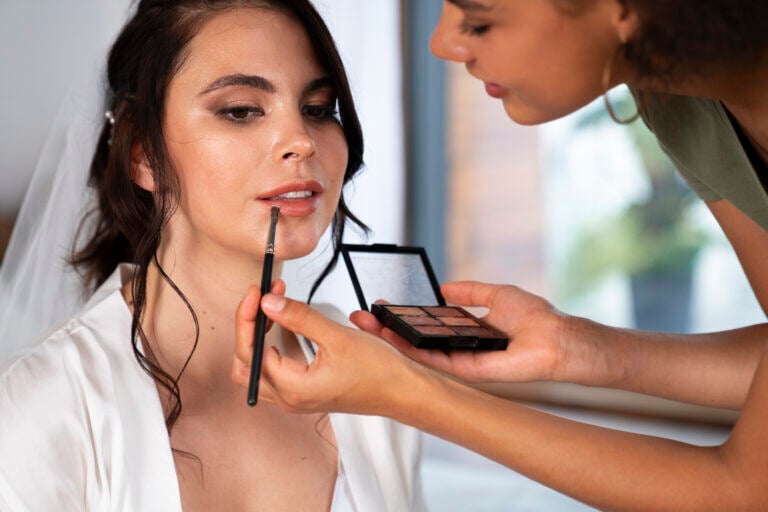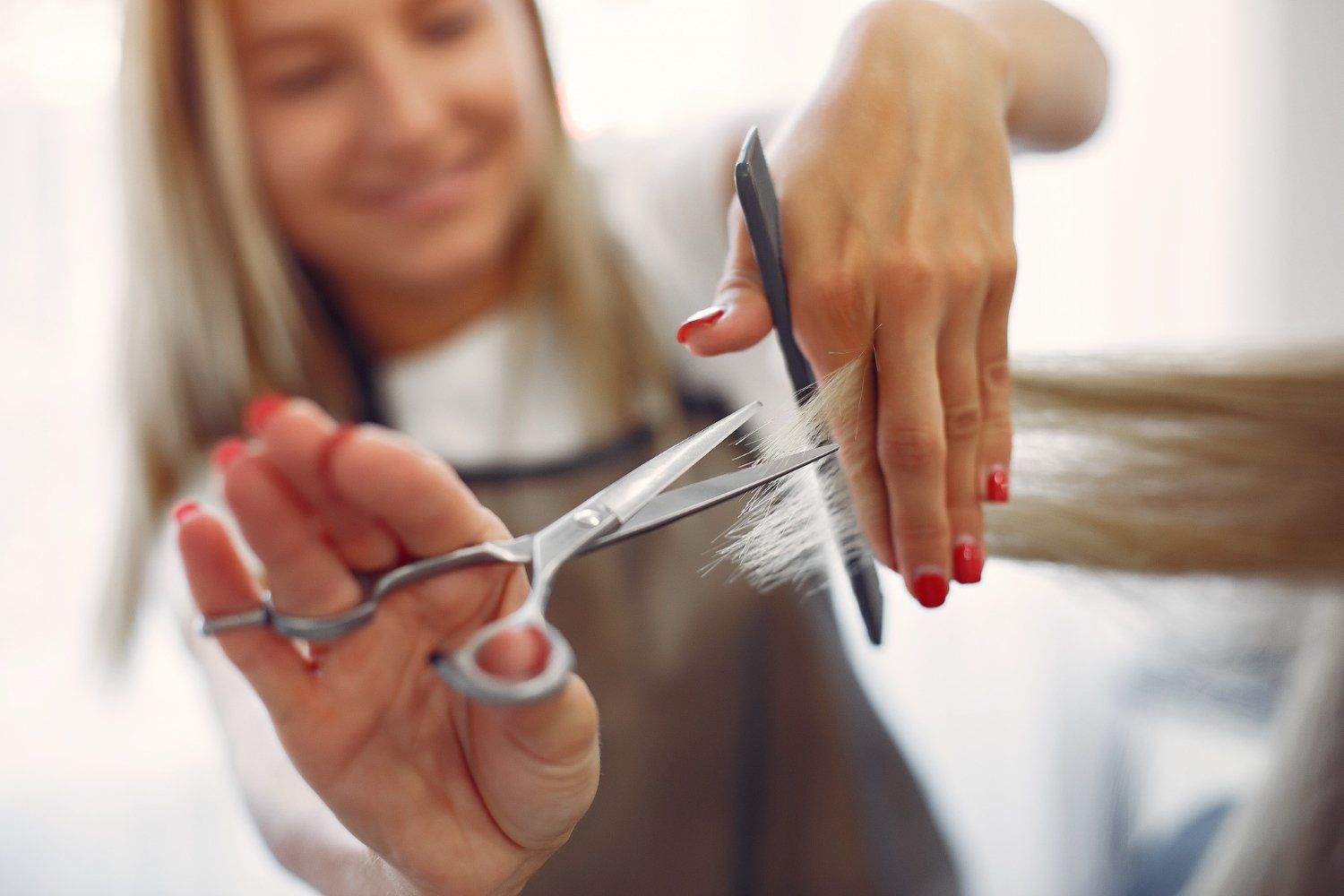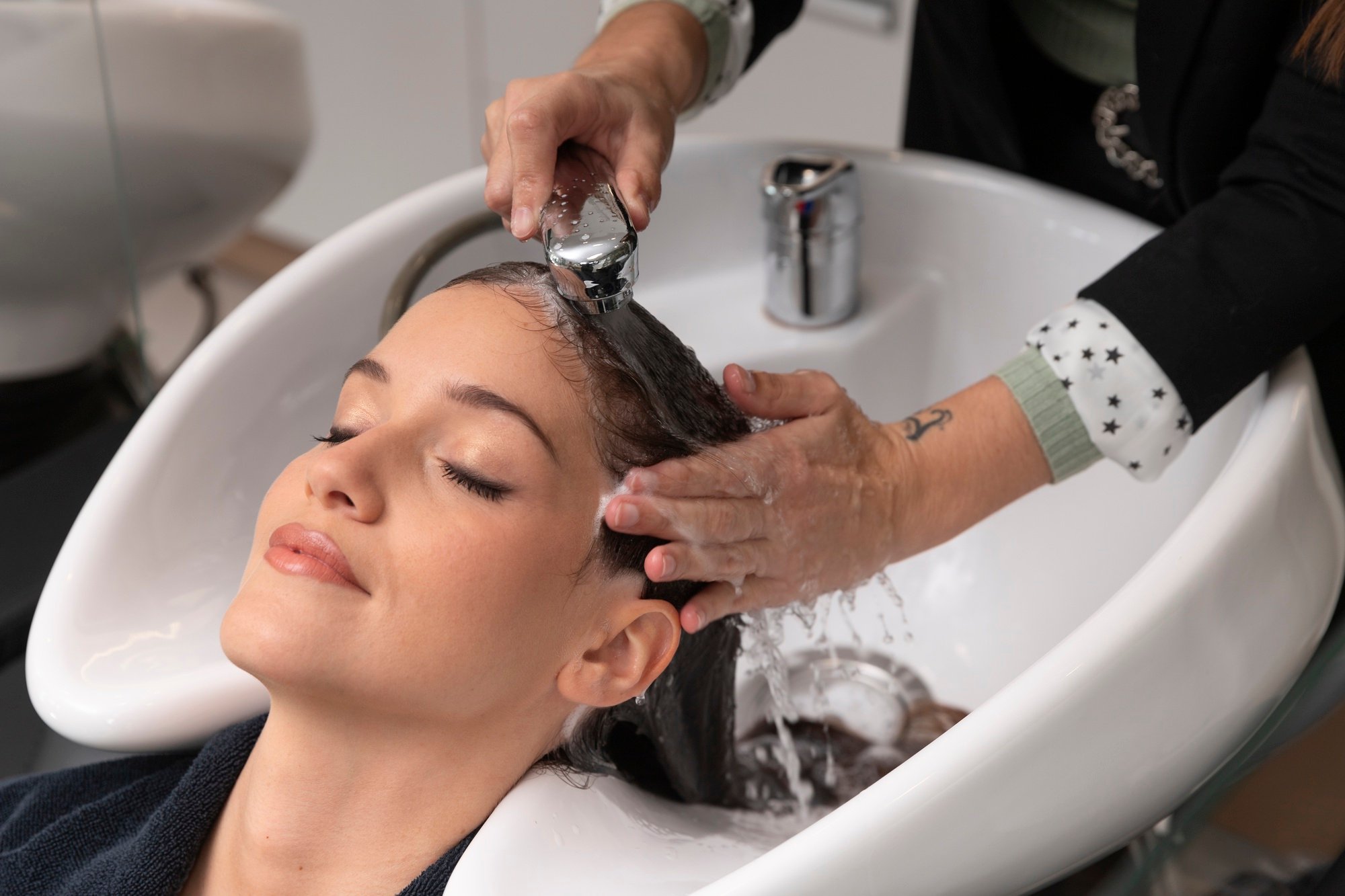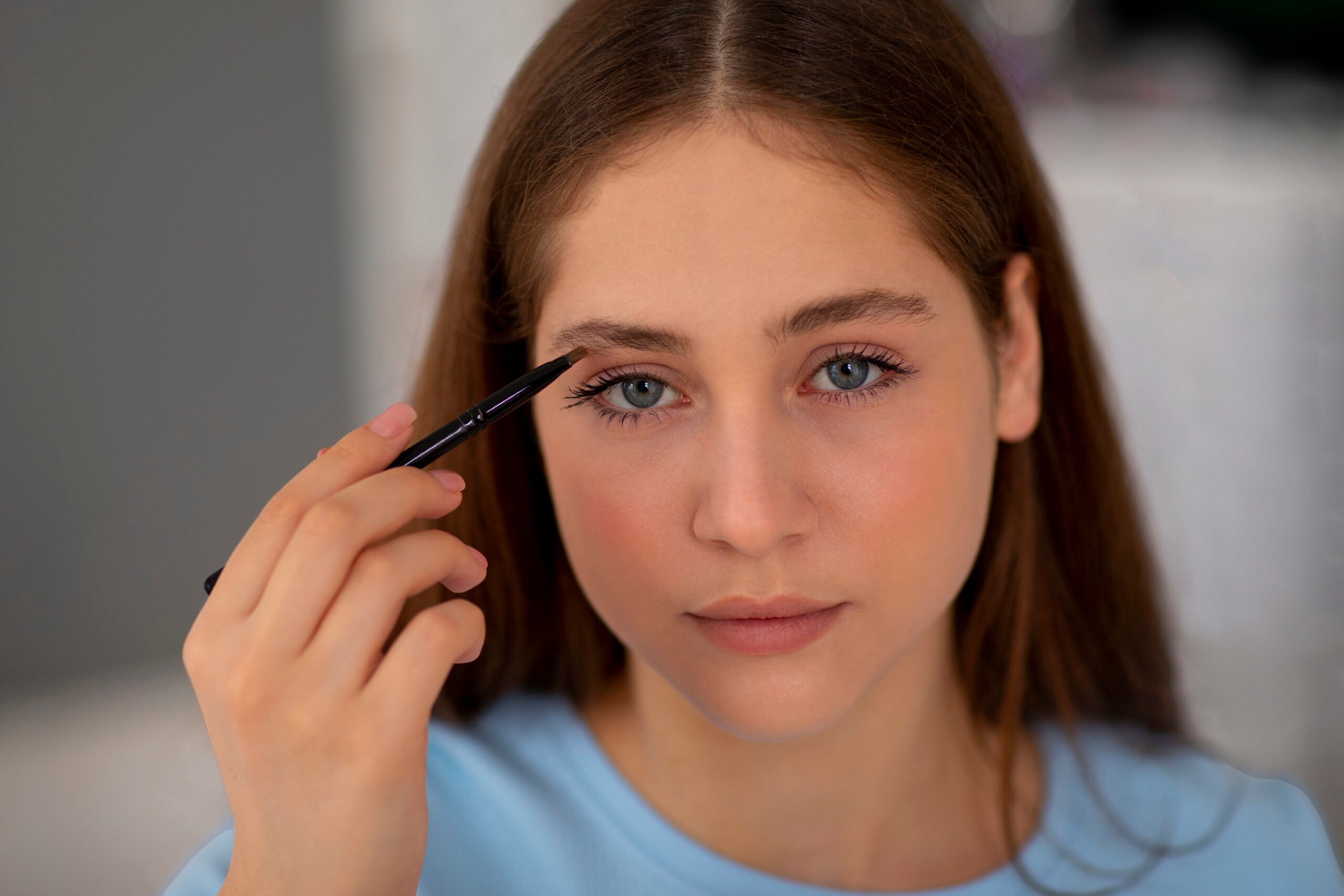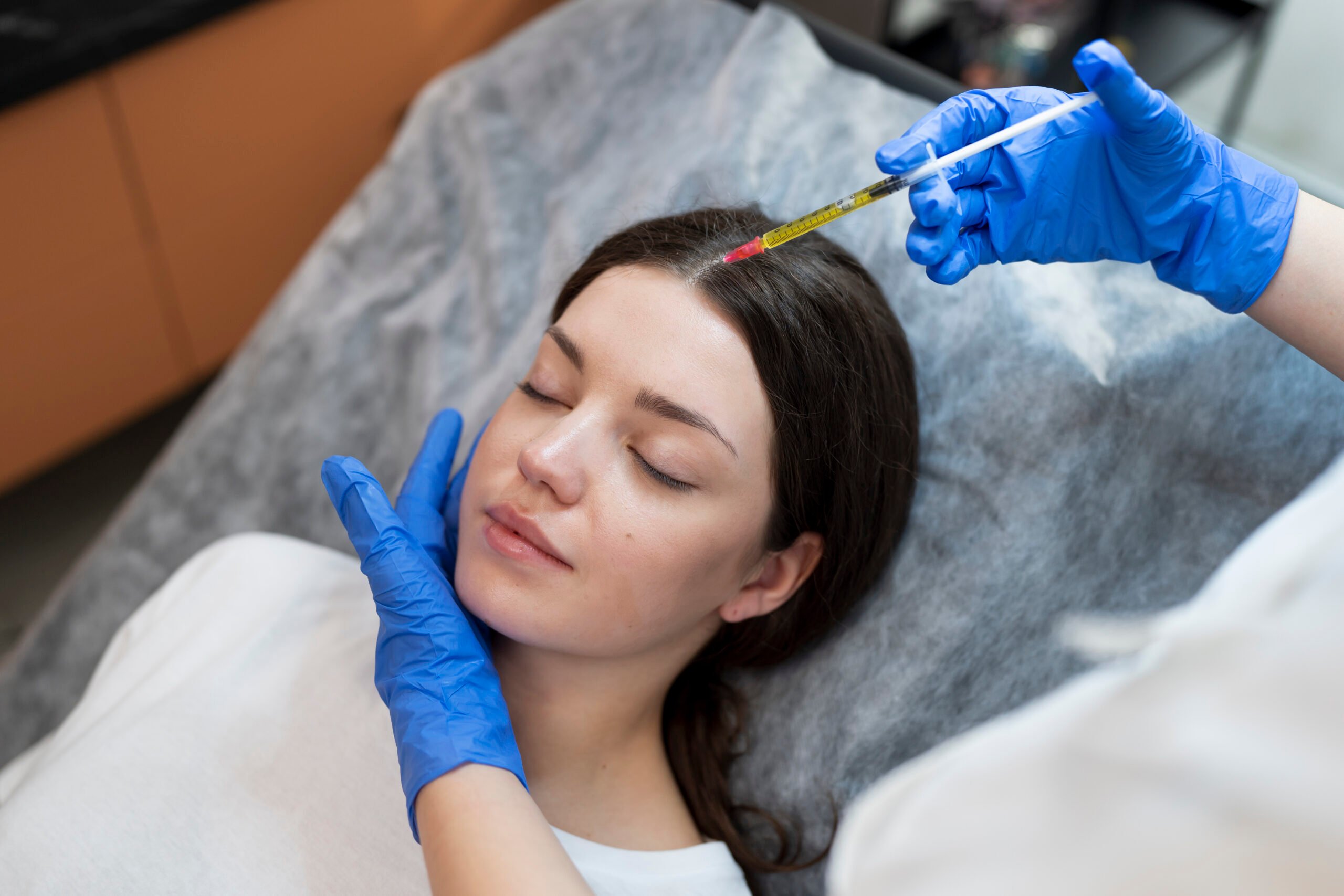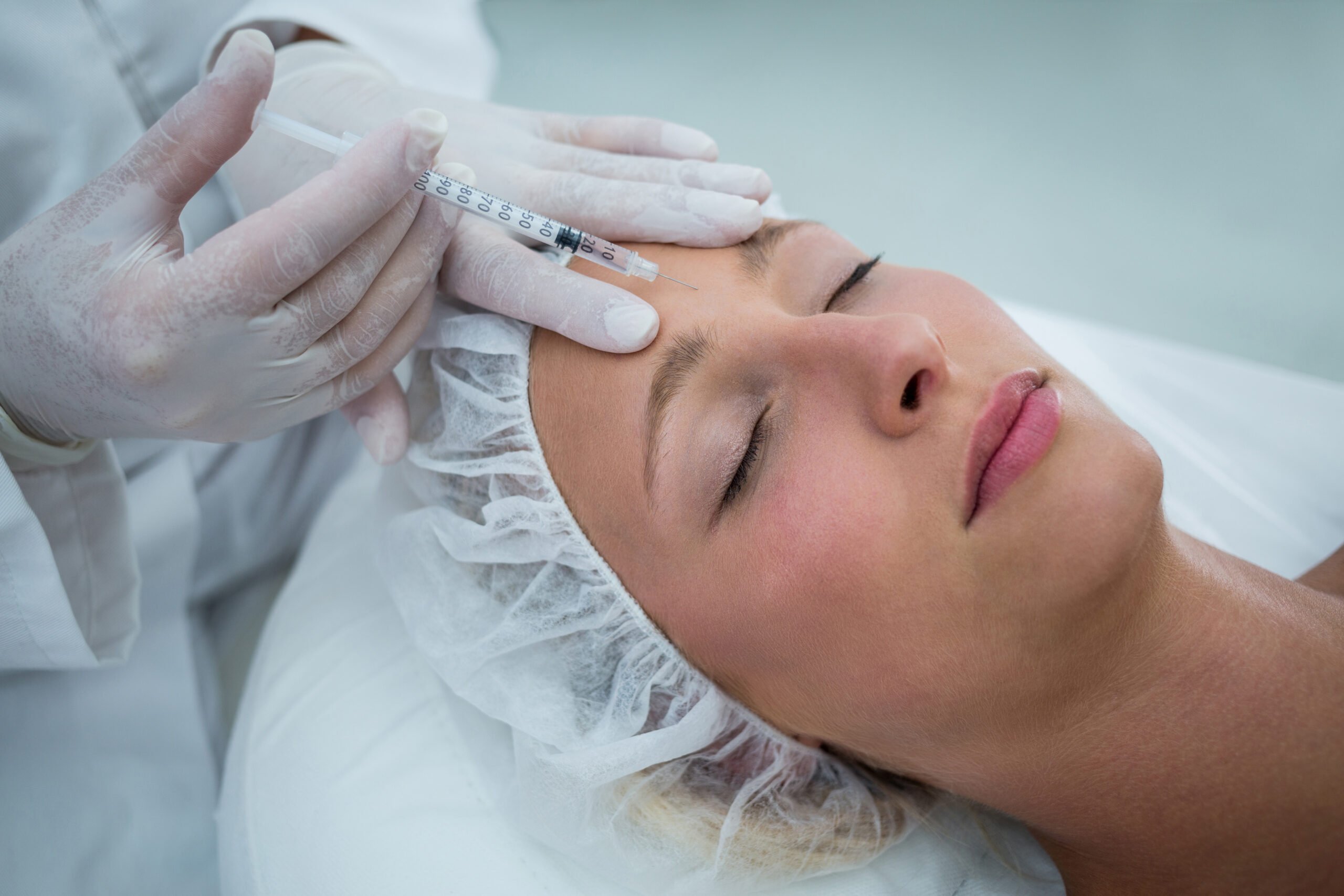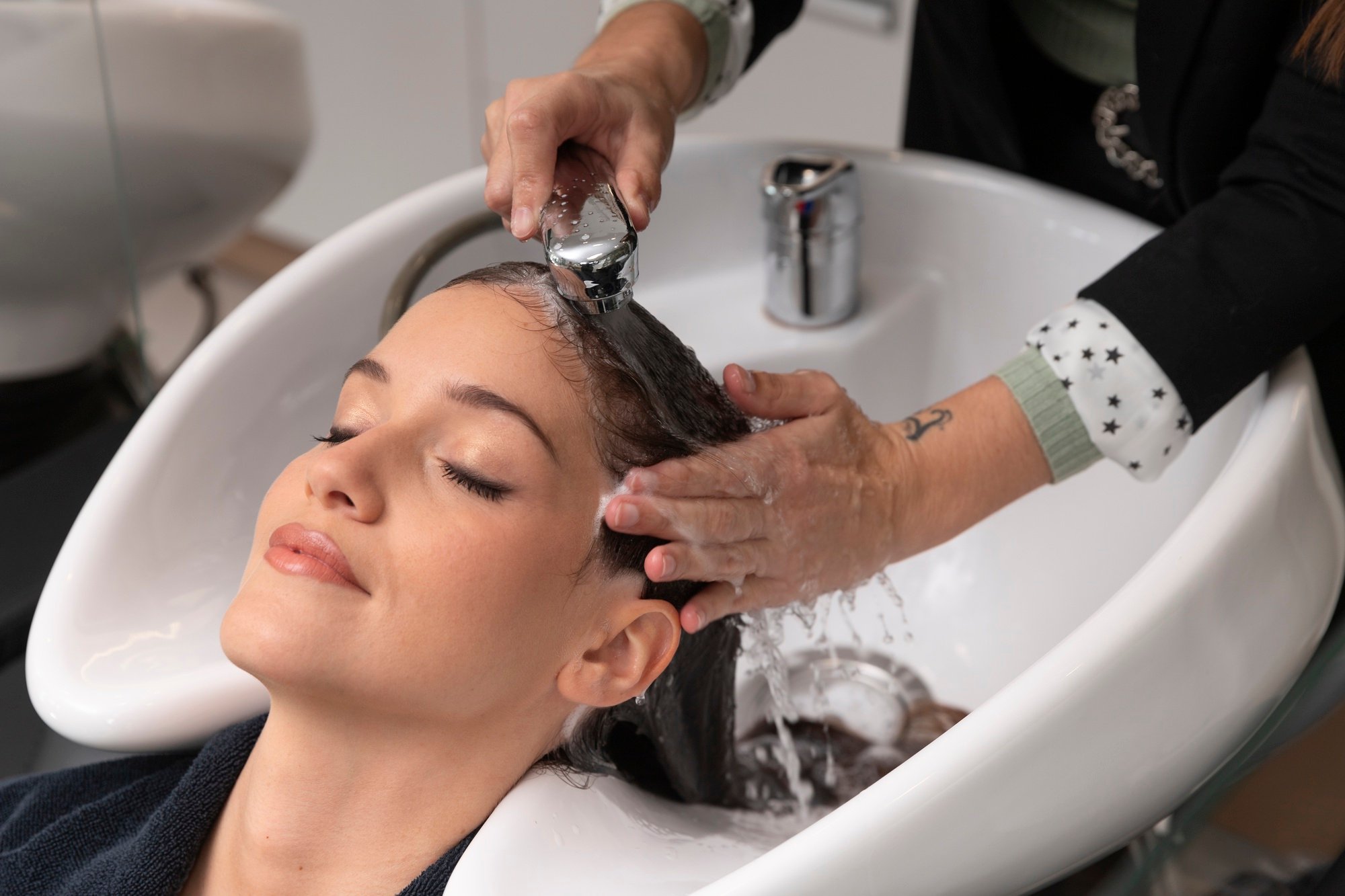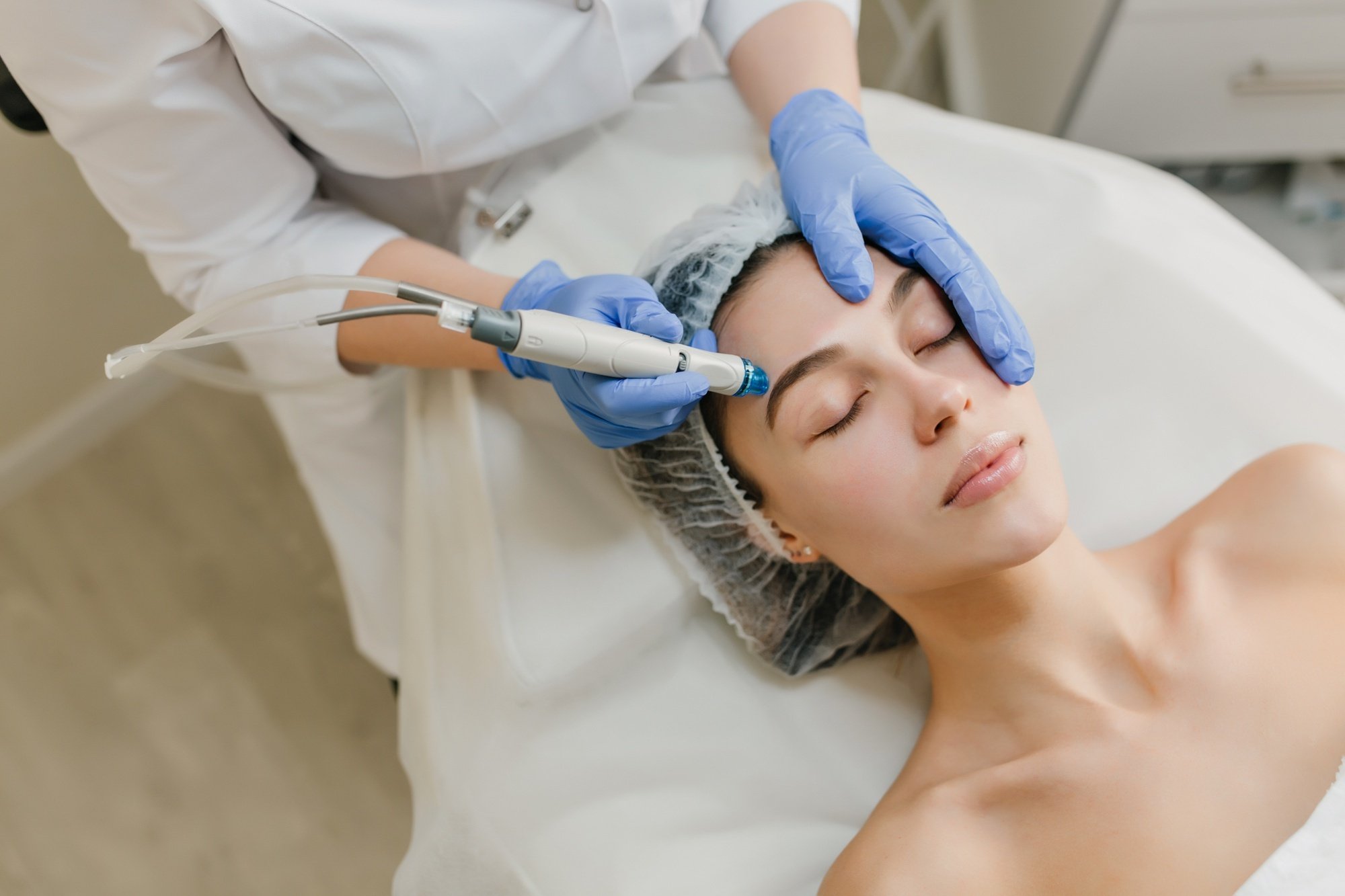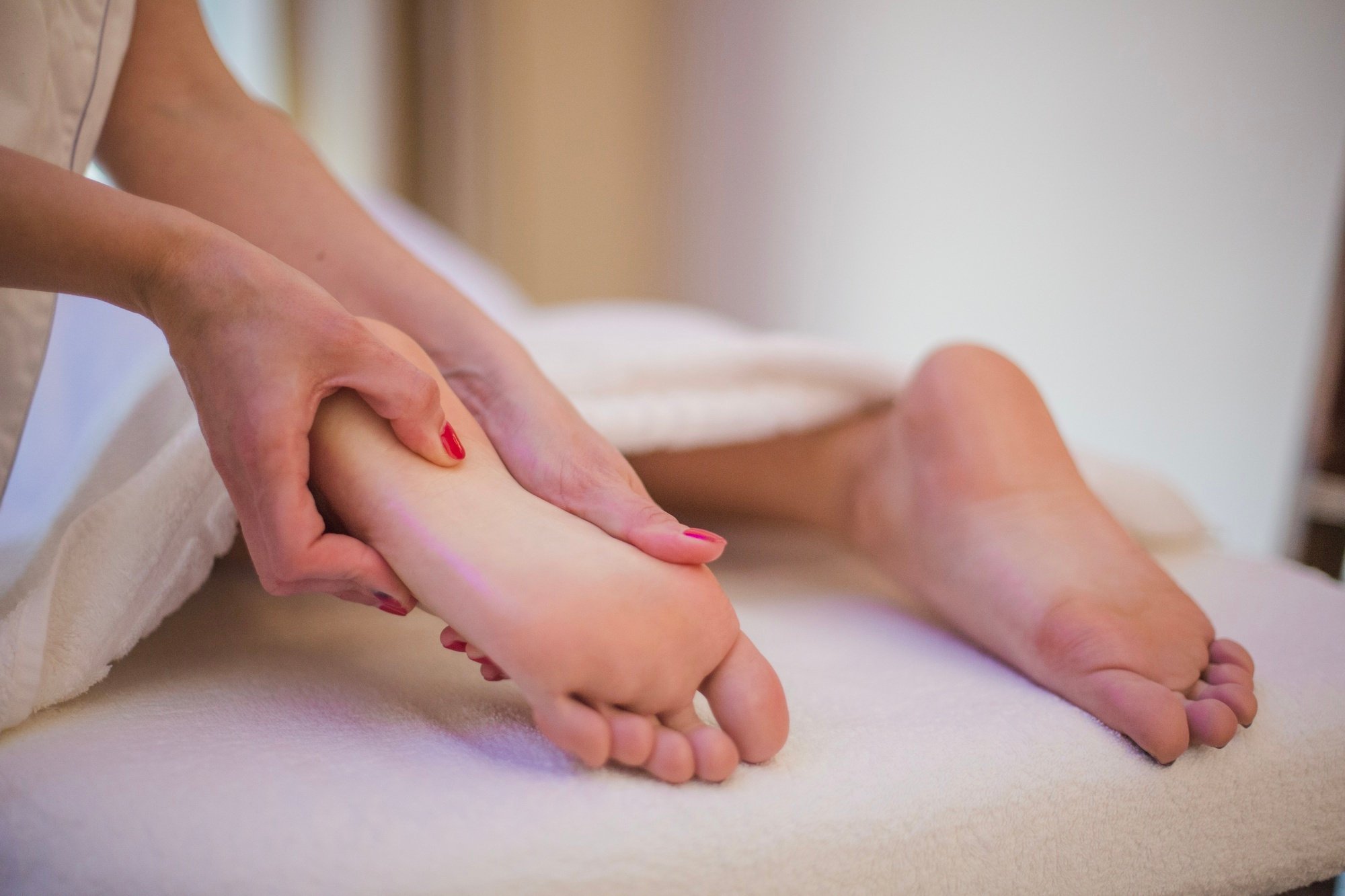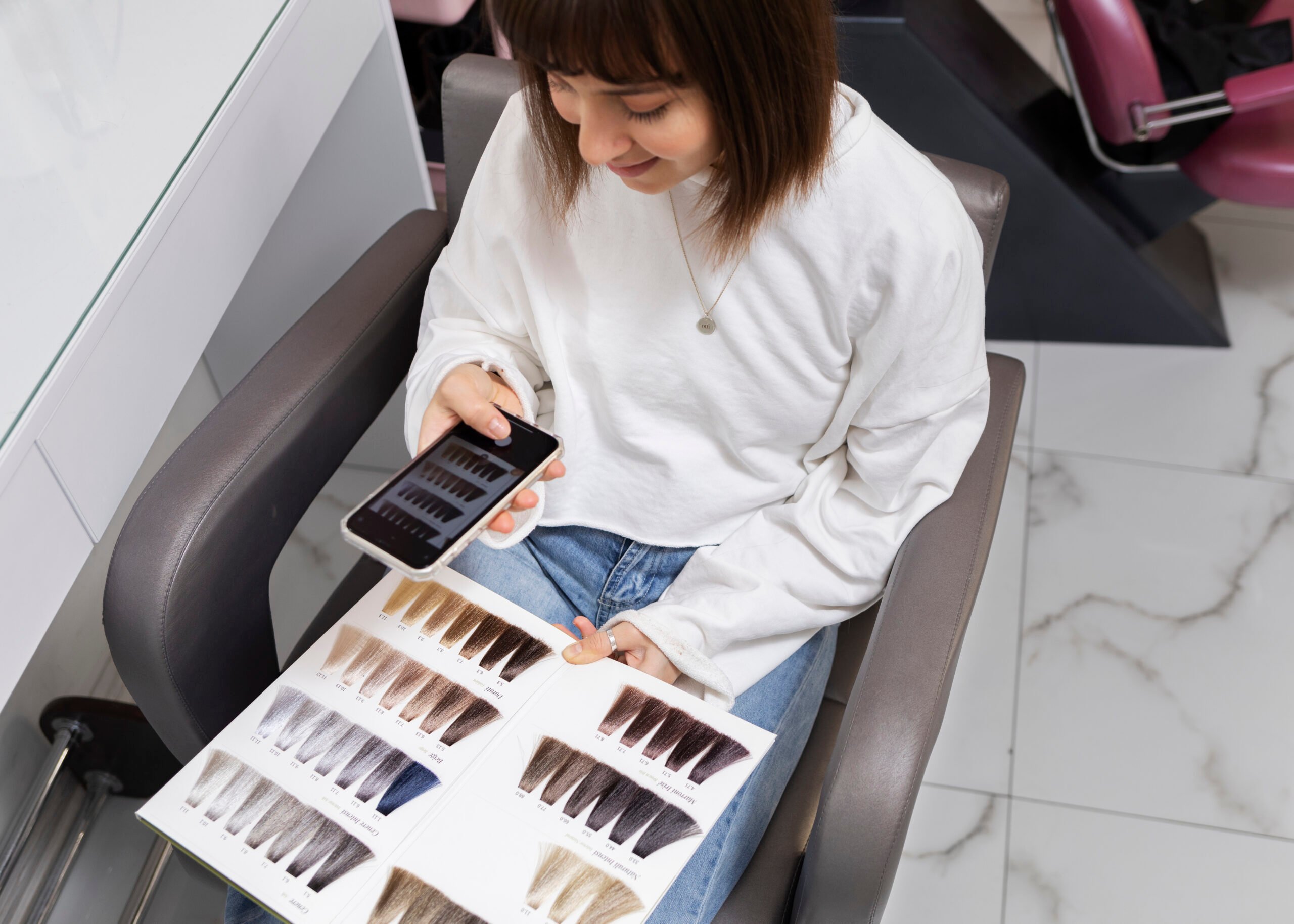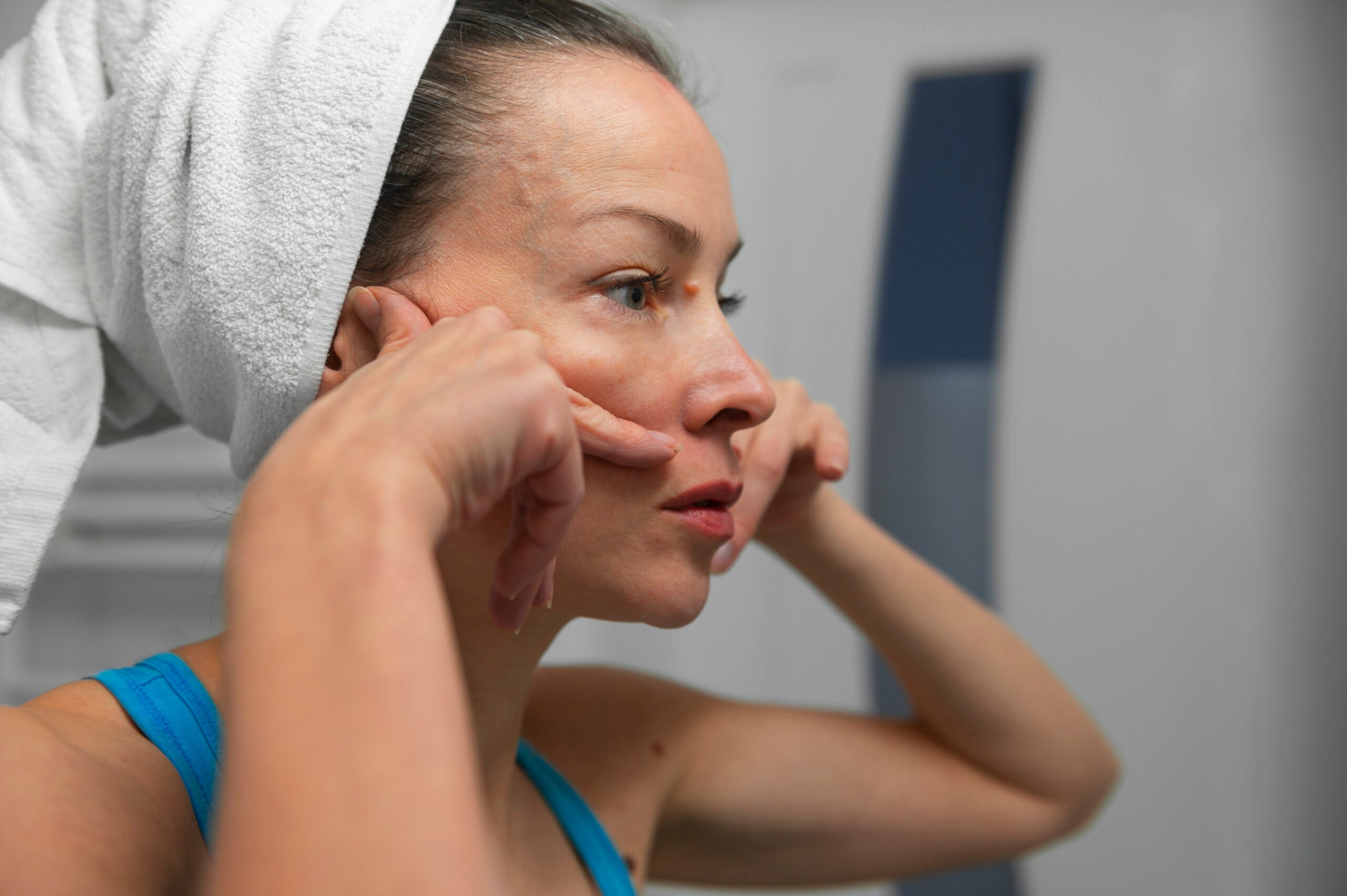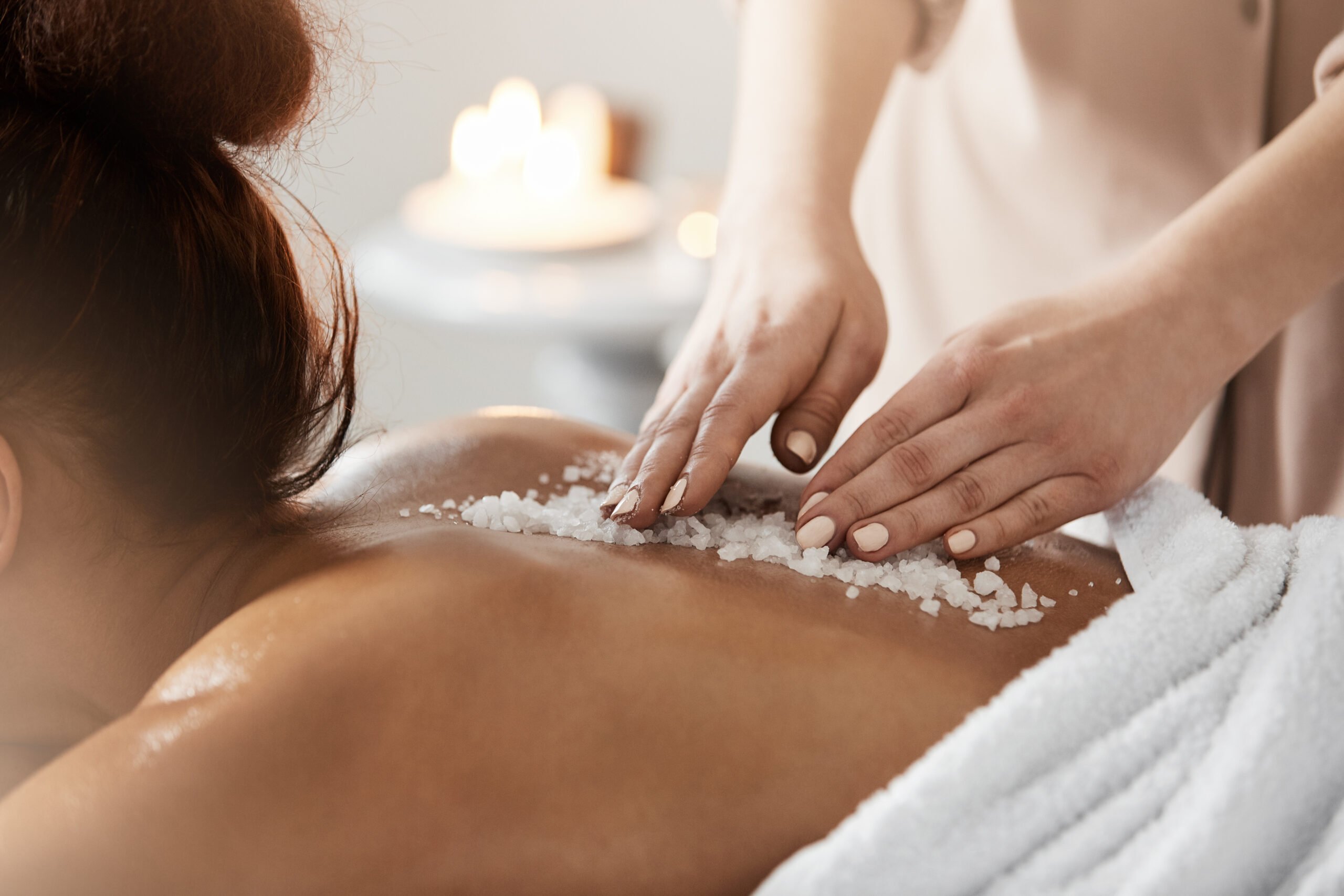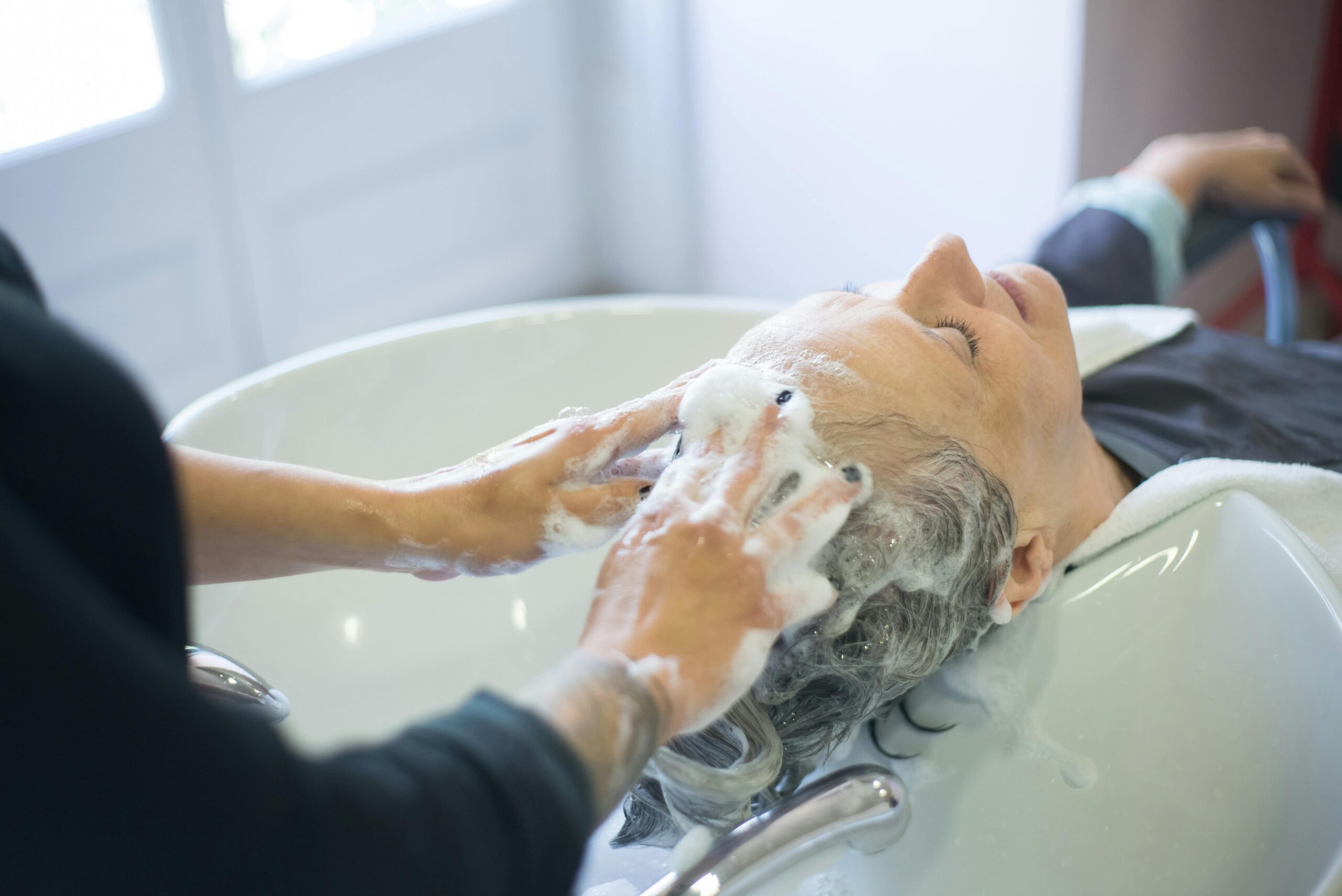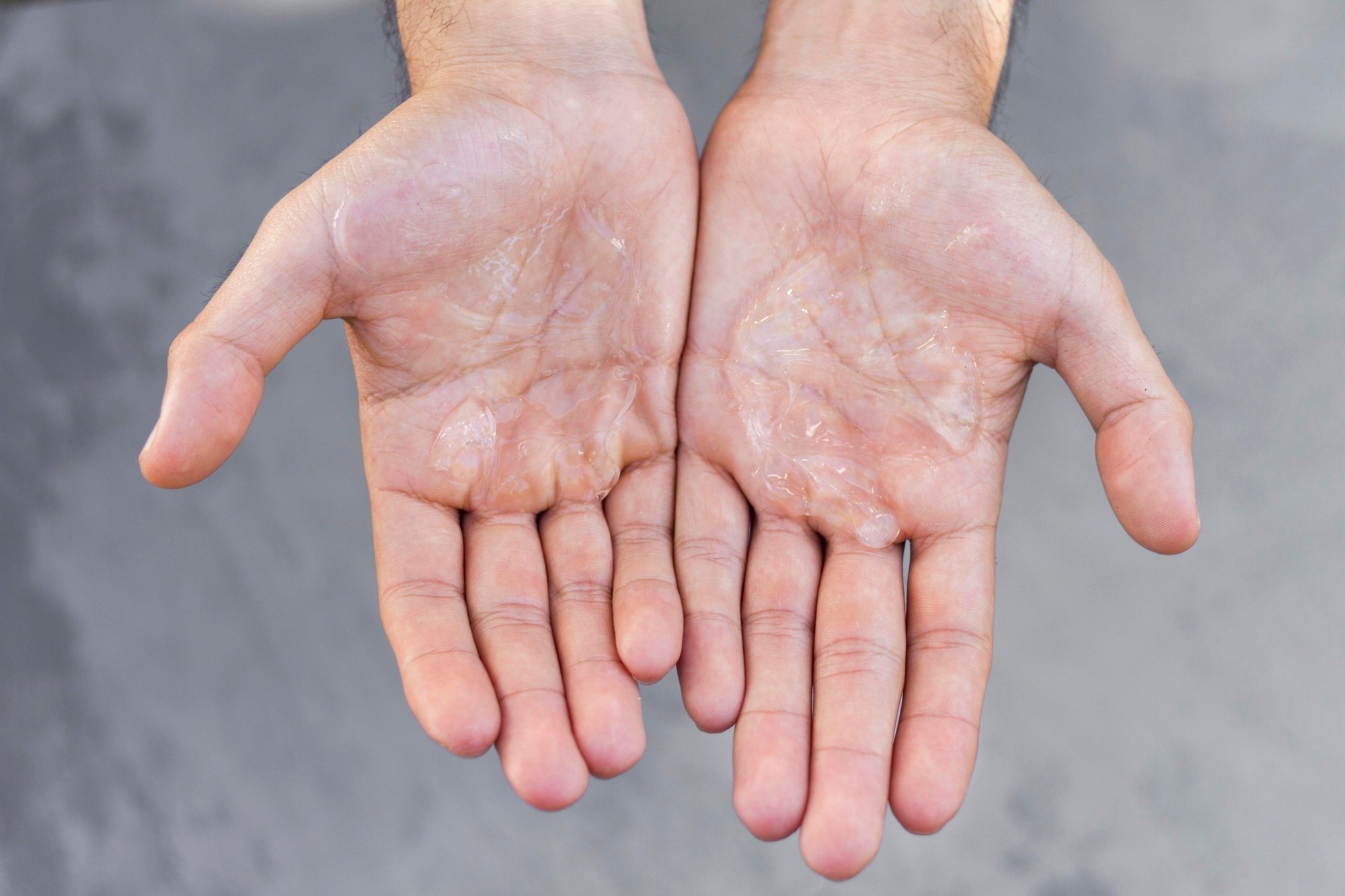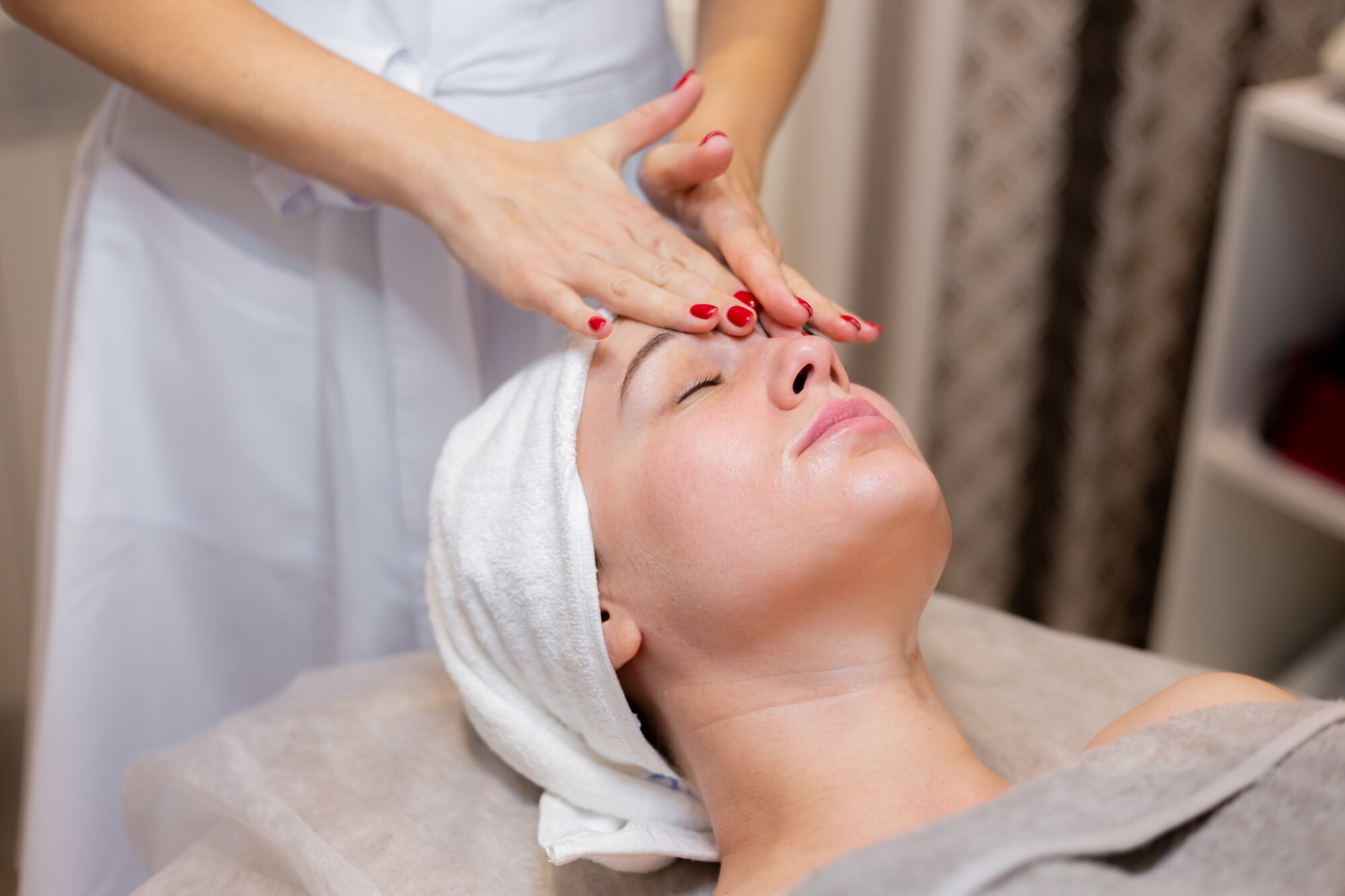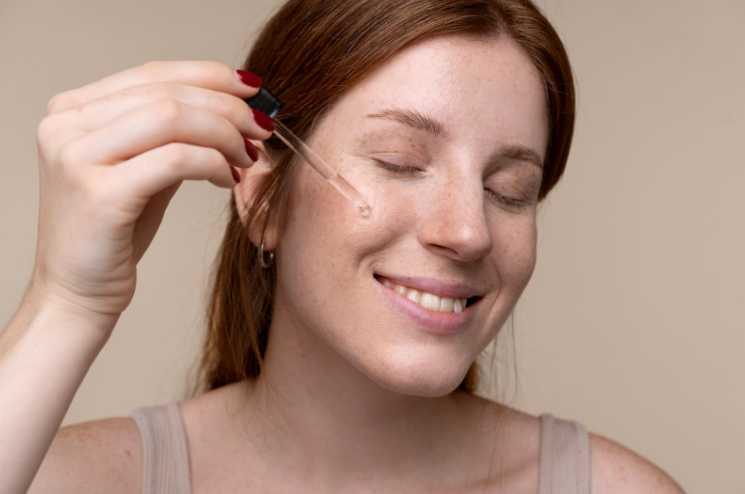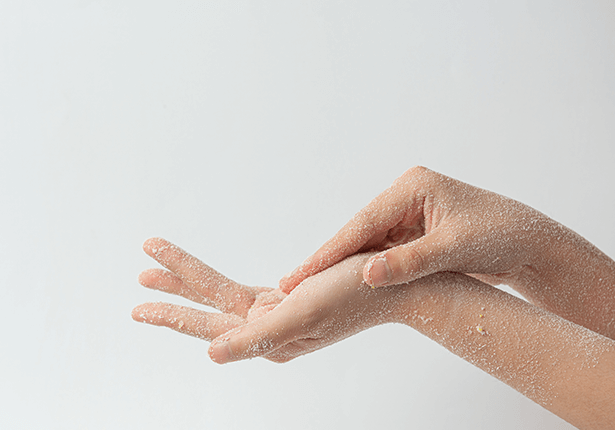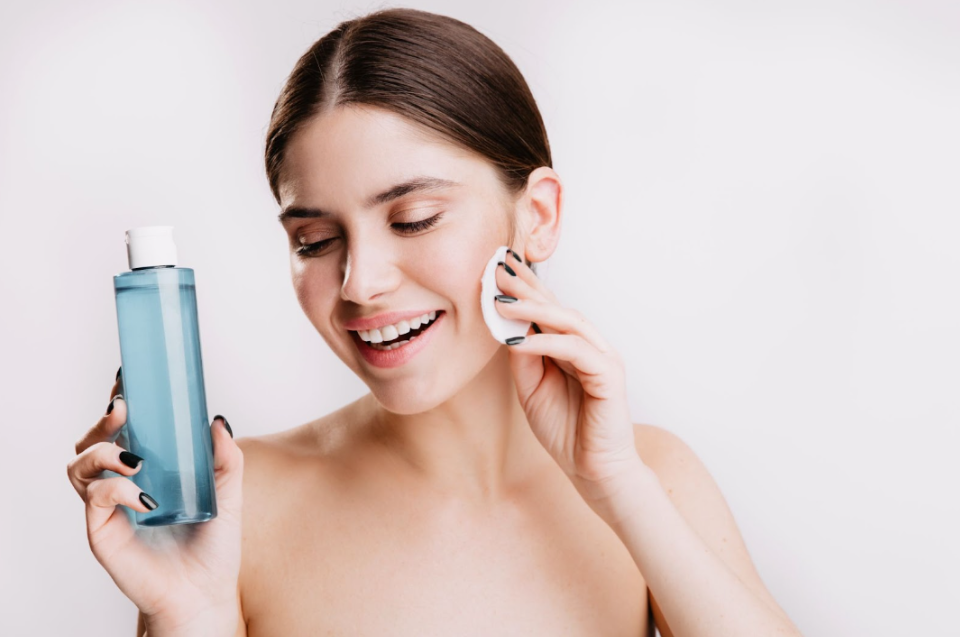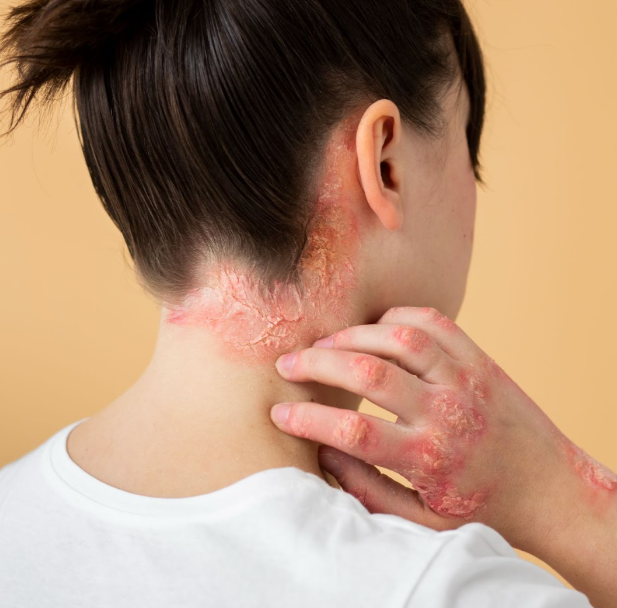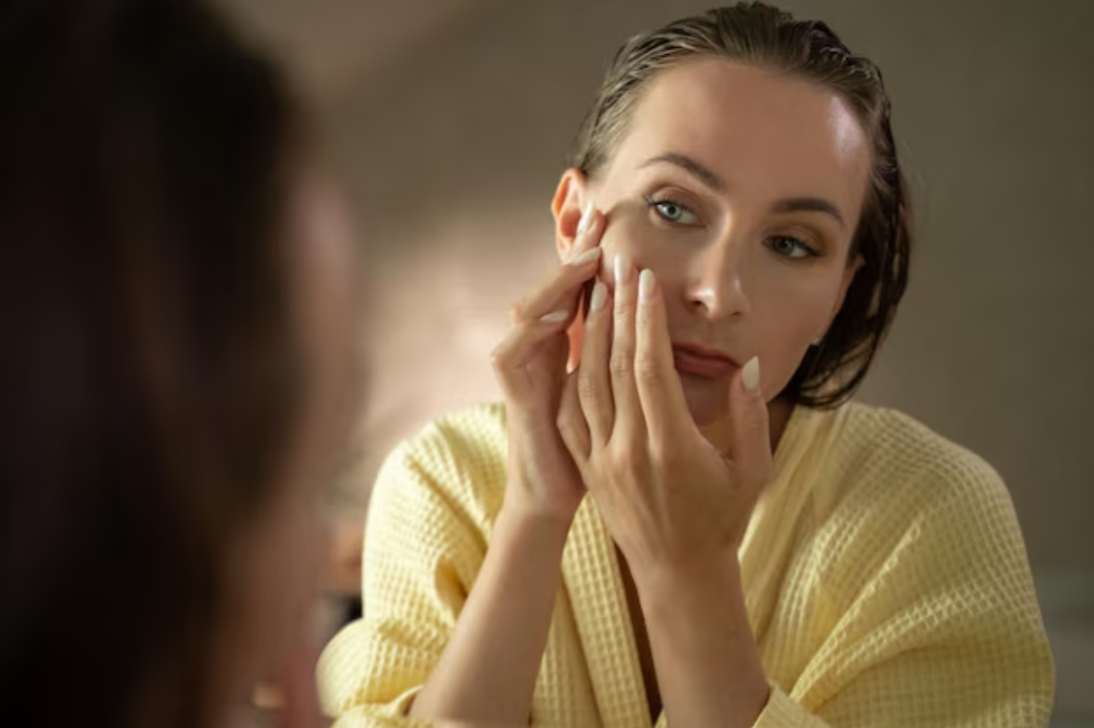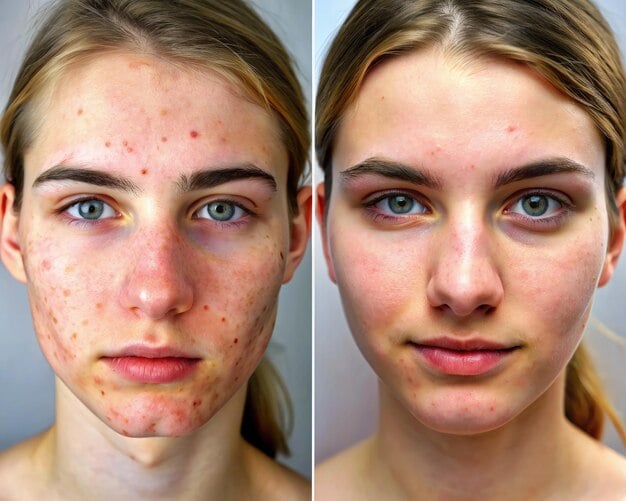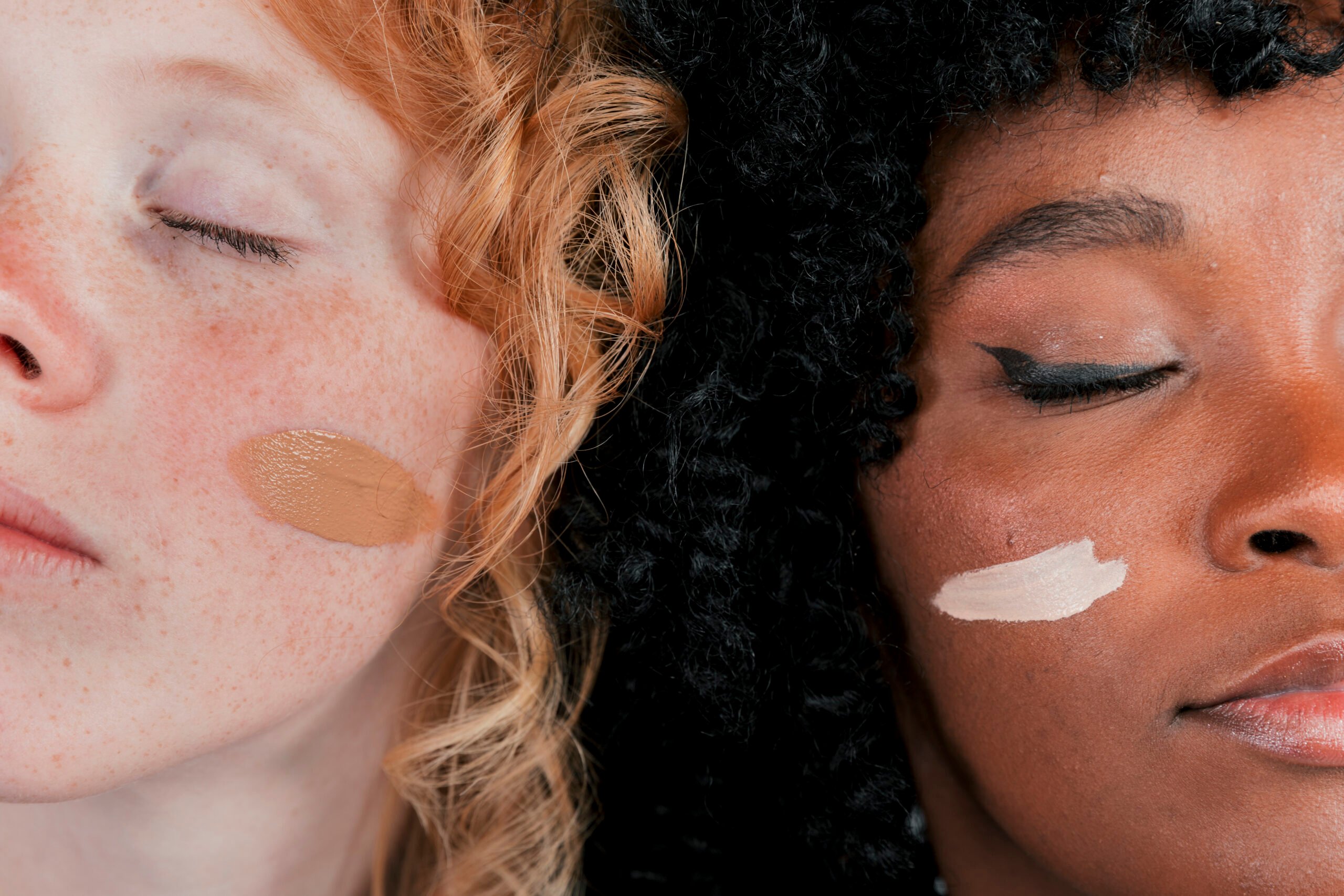Skin
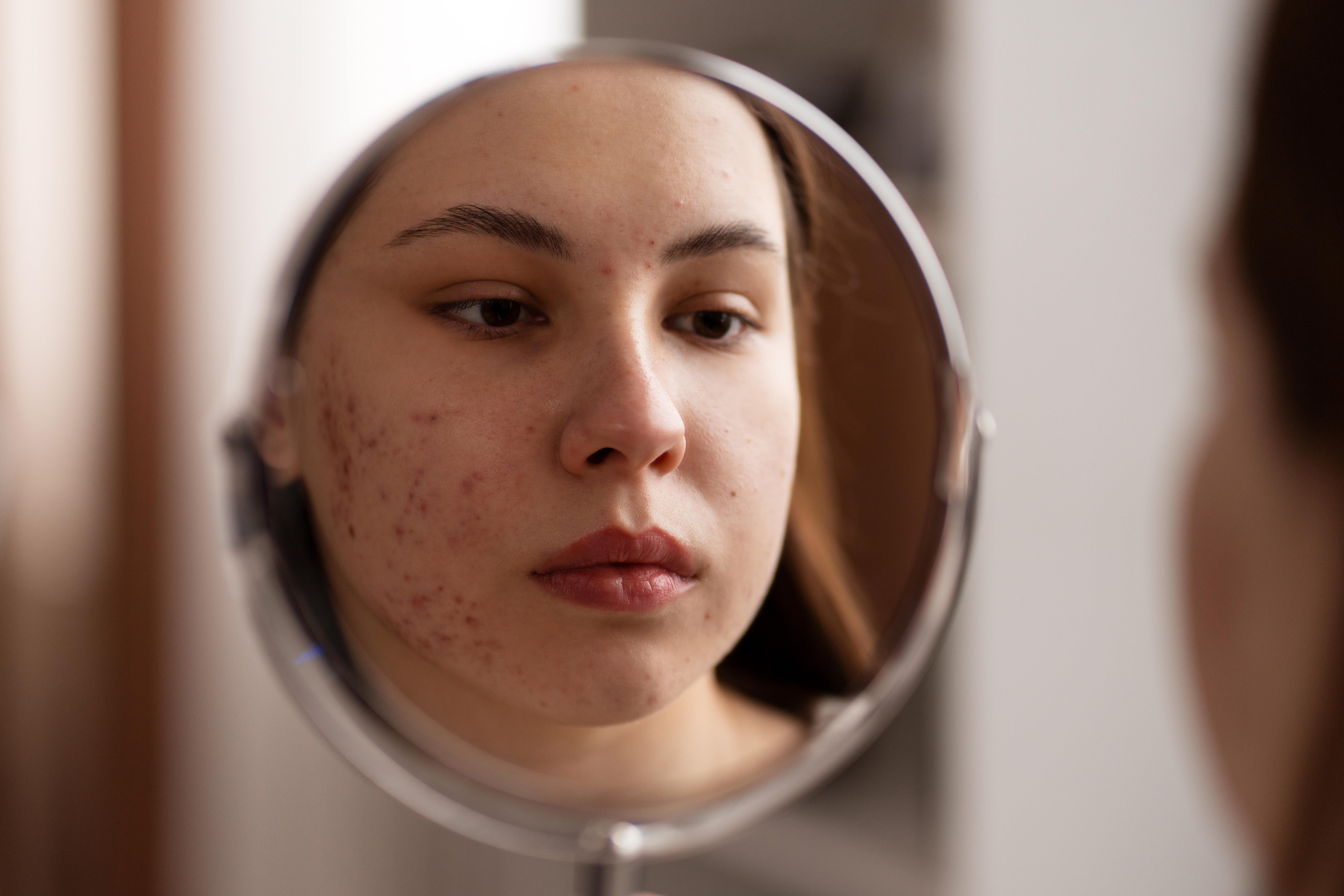
Skin
Boxcar Scars: A Comprehensive Guide
8 minutes read | 2 Apr 24
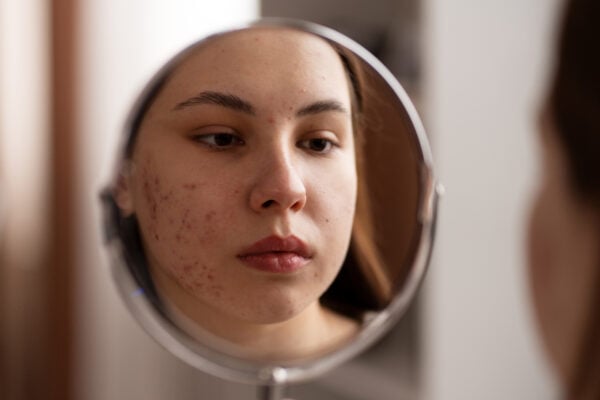
These particular scars, characterised by their sharp edges and pitted appearance, are more than just a cosmetic concern—they're a visible testament to the skin's history of inflammation and collagen loss. Understanding what causes boxcar scars is the first step in addressing them effectively. Fortunately, skincare and dermatology have made significant strides in boxcar scar treatment, offering hope and solutions for those seeking to smooth out their skin texture.
Let's explore and delve into a comprehensive exploration of how to remove boxcar scars, ensuring that your skin's past doesn't have to dictate its future.
What are Boxcar Acne Scars?
Boxcar acne scars are a type of scarring that results from the healing process of acne. These scars are characterised by their distinct, angular edges and box-like appearance, hence the name "boxcar." They are typically round or oval in shape and have sharp, vertical sides that make them appear as if they've been punched out of the skin. This form of scarring occurs when an acne lesion destroys collagen, leading to tissue loss and a depression in the skin's surface. Unlike other types of acne scars that may have sloping or rolling edges, boxcar scars are more uniform in depth and shape, which makes them particularly noticeable. Their depth can vary, with some scars being shallow and others more profound, directly influencing the choice of treatment methods. These scars are a visual reminder of past acne and can affect an individual's texture and appearance of the skin, prompting many to seek out effective treatments for improvement.
What Causes Boxcar Scar?
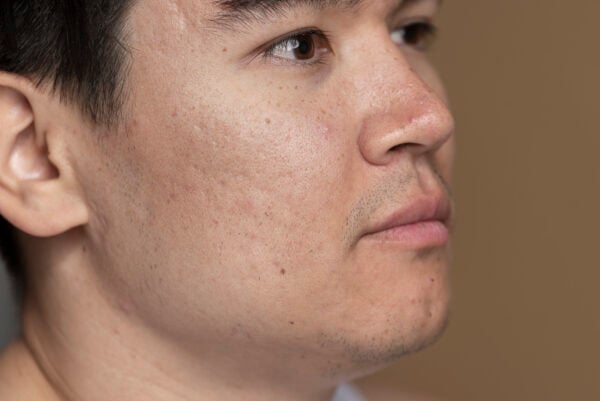
Boxcar scars are primarily the aftermath of acne, specifically severe acne types like cysts and nodules, which penetrate deeply into the skin and damage the tissues beneath. The formation of these scars directly results from the skin's healing process from such acne. Here's a closer look at the causes:
Inflammation
The root cause of boxcar scars is the inflammation from acne lesions. When the skin is inflamed, it leads to a breakdown of collagen, the protein that gives skin elasticity and support. Without sufficient collagen, the skin loses its structure, leading to the depression characteristic of boxcar scars.
Collagen Loss
After the acne clears, the skin attempts to heal by producing new collagen. If the body produces too little collagen, it results in a scar. Boxcar scars form specifically when there is significant tissue loss, creating sharp, vertical edges in the skin.
Genetics
Genetic factors can also play a role in the development of boxcar scars. Some individuals may be more predisposed to scarring due to their genetic makeup, making them more likely to develop boxcar scars after an acne breakout.
Inadequate Wound Healing
How the skin heals after acne can significantly impact whether boxcar scars form. Poor wound healing processes, which can be influenced by factors like diet, overall health, and skin care practices, may lead to more severe scarring.
Picking and Squeezing
Manipulating acne lesions by picking or squeezing can exacerbate inflammation and increase the likelihood of scarring. This trauma to the skin not only spreads bacteria but also interrupts the natural healing process, encouraging the formation of boxcar scars.
Boxcar Scars Treatment - How to Remove Them?
Treating boxcar scars effectively requires a multifaceted approach, leveraging advancements in dermatology and cosmetic procedures to improve uneven skin texture and appearance. Here's a comprehensive look at the most effective treatments for boxcar scars.
Laser Therapy
Laser treatments, especially like Q Switch Laser Treatment, are among the leading methods for reducing boxcar scars. These treatments work by removing layers of skin or stimulating new collagen production to fill in scars from within, smoothing the skin's surface over time.
Chemical Peels
Chemical peels, particularly those with more potent acids like trichloroacetic acid (TCA), can significantly improve the appearance of boxcar scars. Chemical peels encourage the growth of new, smoother skin by removing the top layers of the skin and can be particularly effective for shallow boxcar scars.
Microneedling
Microneedling Dermapen involves using a device with tiny needles to puncture the skin, stimulating the body's natural healing process and collagen production. This can effectively reduce the depth of boxcar scars over a series of treatments.
Dermal Fillers
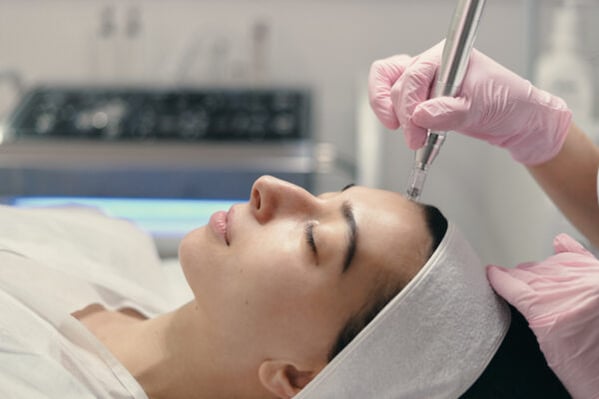
For immediate improvement in the appearance of boxcar scars, dermal fillers can be injected directly into the scar depression. Fillers like hyaluronic acid can temporarily plump up the scar, making it less noticeable. This treatment may need to be repeated periodically.
Profhilo Treatment
Profhilo is an advanced skin remodeling treatment that significantly improves skin texture and elasticity. Unlike traditional fillers, Profhilo hydrates the skin and stimulates collagen and elastin production through the slow release of hyaluronic acid. This bio-remodeling process can effectively improve the appearance of boxcar scars by promoting skin health from within, leading to smoother and firmer skin.
PRP Vampire Facial
The PRP (Platelet-Rich Plasma) Vampire Facial utilises your blood's healing and regenerative properties. By concentrating platelets and growth factors, this treatment accelerates skin healing and regeneration. It's particularly effective for boxcar scars as it can stimulate the body's natural collagen production, improving scar depth and skin texture over time.
YuSkin GFC Skin Treatment
YuSkin GFC Skin Treatment is a cutting-edge procedure that harnesses growth factor concentrates to rejuvenate the skin. This treatment targets the underlying causes of boxcar scars by promoting the regeneration of skin cells and enhancing collagen synthesis. The result is a noticeable improvement in skin quality, reduced scar visibility and a more even skin tone.
Hydra Medi-Facials
Hydra Medi-Facials offers a non-invasive solution to improve skin health and appearance. This multi-step treatment combines exfoliation, deep cleansing, and hydration to revitalise the skin. For those with boxcar scars, Hydra Medi-Facials can help minimise their appearance by removing dead skin cells, unclogging pores, and infusing the skin with hydrating serums. This leads to smoother, more radiant skin with a more uniform texture.
Boxcar Scars Prevention Tips
Preventing boxcar scars begins with effectively managing acne and skin care practices that minimise the risk of deep, permanent scarring. By focusing on prevention, you can significantly reduce the likelihood of developing these types of scars. Here are several essential tips to help prevent boxcar scars:
Treat Acne Early and Effectively
Early intervention is crucial. As soon as acne develops, start treatment to prevent it from becoming severe. Over-the-counter products containing salicylic acid or benzoyl peroxide can be effective for mild acne. For more severe cases, consult a dermatologist for prescription medications or professional treatments.
Avoid Picking and Squeezing
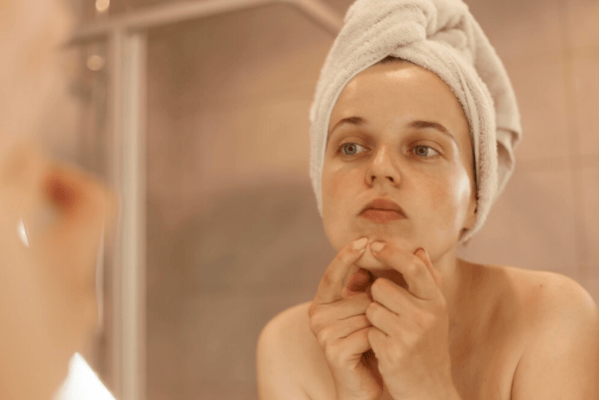
Picking at acne can lead to inflammation, infection, and, ultimately, scarring. It's essential to resist the urge to pick or squeeze pimples, as this can exacerbate the condition and increase the risk of scar formation.
Maintain a Healthy Skin Care Routine
A consistent skincare routine that includes gentle cleansing, moisturising, and non-comedogenic products can help maintain healthy skin and prevent acne flare-ups. Regular exfoliation can also help by removing dead skin cells that can clog pores.
Protect Your Skin from the Sun

UV exposure can worsen the appearance of scars and slow down the healing process. Protect your skin by applying a broad-spectrum sunscreen daily, wearing protective clothing, and seeking shade during peak sun hours.
Adopt a Healthy Lifestyle
Diet and lifestyle can impact skin health. Aim for a balanced diet rich in fruits, vegetables, and omega-3 fatty acids, and ensure you're staying hydrated. Exercise regularly and manage stress, as stress can trigger or worsen acne.
Use Products with Retinoids
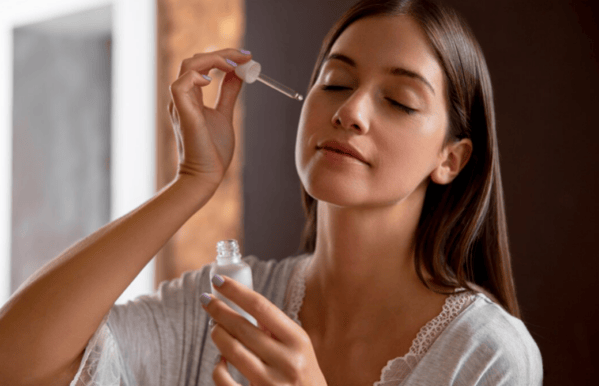
Retinoids can help prevent acne and reduce the risk of scarring by promoting cell turnover and reducing inflammation. Your dermatologist may recommend over-the-counter retinol or prescription-strength retinoids.
Stay Hydrated and Maintain a Balanced Diet
Adequate hydration and a diet rich in vitamins and minerals support skin health and can aid in the prevention of acne and scars. Vitamins A, C, and E, in particular, are essential for skin repair and regeneration.
When To Visit a Dermatologist
Knowing when to visit a dermatologist is crucial in effectively treating boxcar scars. These scars, a legacy of severe acne, require professional intervention for improvement and removal. Here are key indicators and situations when consulting a dermatologist becomes essential:
Early Signs of Acne Scarring
If you notice the early formation of scars, especially deep, pitted ones like boxcar scars, it's time to see a dermatologist. Early intervention can prevent scars from becoming more pronounced and difficult to treat.
Severe Acne Not Responding to Over-the-Counter Treatments
When severe acne doesn't improve with over-the-counter products, a dermatologist can prescribe stronger medications or suggest in-office treatments to control the acne and minimise scarring.
Interest in Cosmetic Procedures for Scar Removal
Consulting with a dermatologist is necessary for cosmetic procedures like laser therapy, chemical peels, or dermal fillers. They can recommend the most appropriate treatment options based on skin type, scar severity, and overall health.
Need for a Customised Treatment Plan
Boxcar scars vary in depth and size, requiring a tailored approach to treatment. A dermatologist can create a personalised treatment plan that may combine different modalities for optimal results.
The Takeaway
The journey to treat boxcar scars combines advanced dermatological treatments and preventive measures, offering hope for those seeking smoother skin. Effective options like laser therapy, chemical peels, dermal fillers, and microneedling, tailored by skincare professionals, can significantly improve scar appearance. Early intervention and proper skin care are vital in preventing scars, emphasising the importance of consulting a dermatologist for personalised care.
Bodycraft is committed to helping you achieve your skin health goals with state-of-the-art treatments and expert advice. If you're looking to address boxcar scars or enhance your skin's overall health, our team is ready to guide you toward effective solutions and renewed confidence. Reach out to Bodycraft to start your journey to clear, healthy skin today.
FAQs around Boxcar Scar:
1. Are boxcar scars permanent?
Yes, but their appearance can be significantly improved with treatments like laser therapy and chemical peels.
2. Do boxcar scars fade?
They may become less noticeable over time, but professional treatments are typically needed for noticeable improvement.
3. Are boxcar scars deep?
Boxcar scars can vary in depth. Sharp, vertical edges characterise them and can be either shallow or deep, depending on the extent of collagen loss and skin damage.
4. Can derma rolling help with boxcar scars?
Dermarolling can improve their texture by stimulating collagen production, especially for shallow to moderate scars.
5. Do boxcar scars heal with time?
Significant healing usually requires professional intervention, as time alone may not fully diminish their appearance.
6. What is the difference between boxcars and icepick scars?
Boxcar scars are broad with sharp edges, while icepick scars are narrow, deep, and resemble a puncture.
Related categories
Get a complimentary consultation today. Book now
























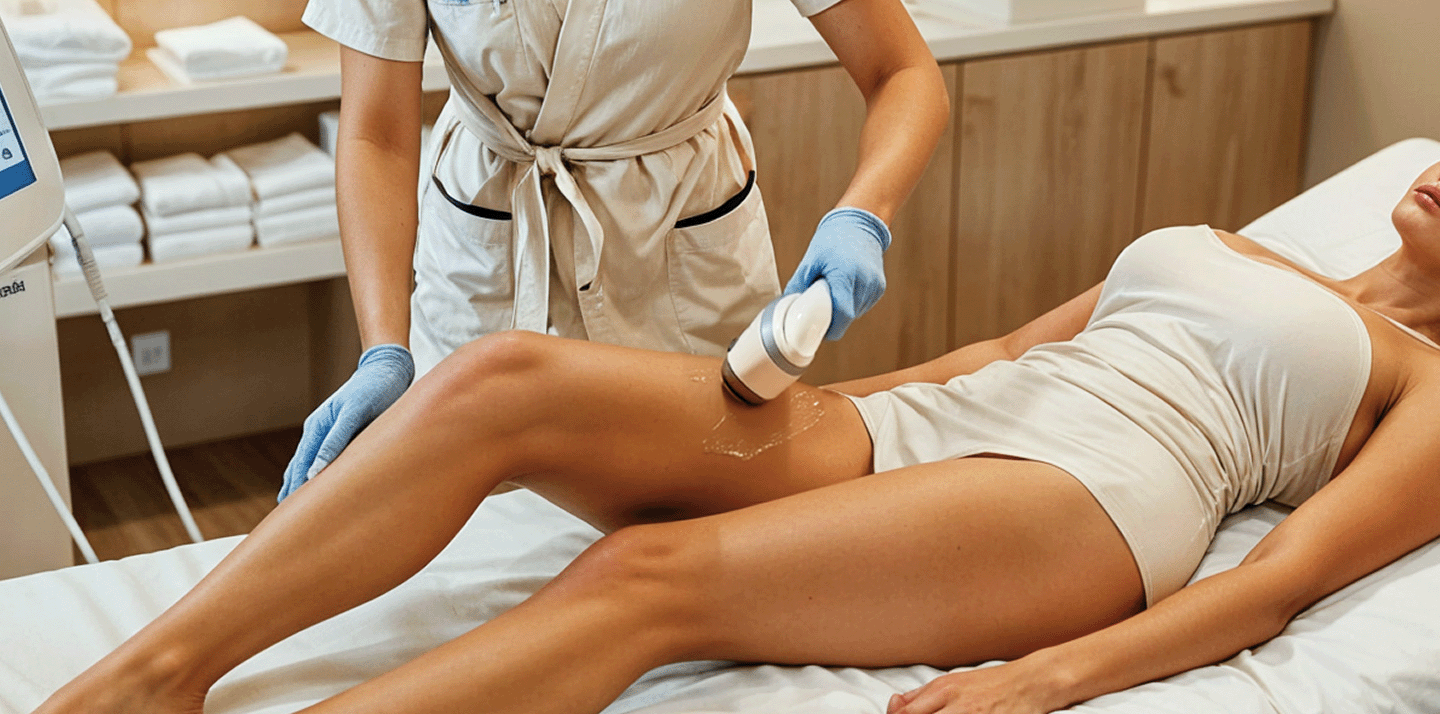














.png)

























-1.png)

